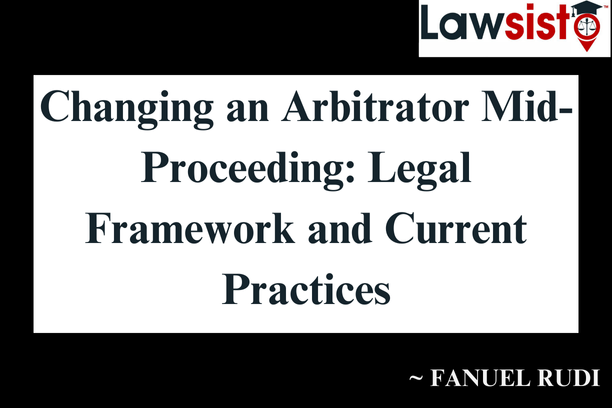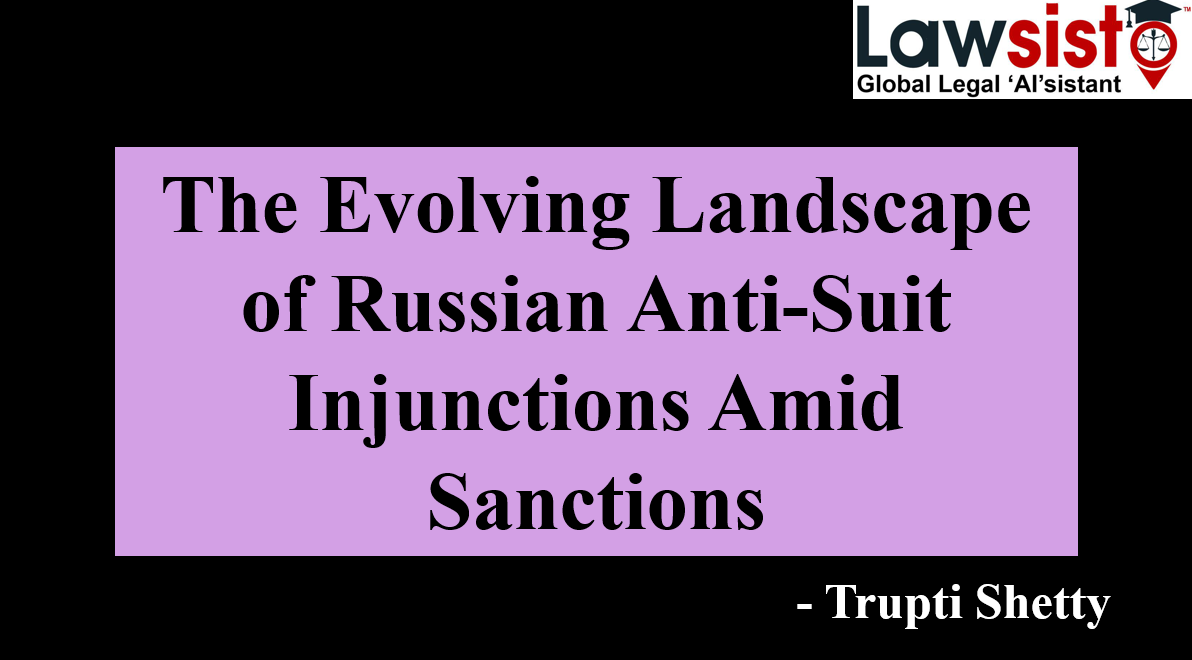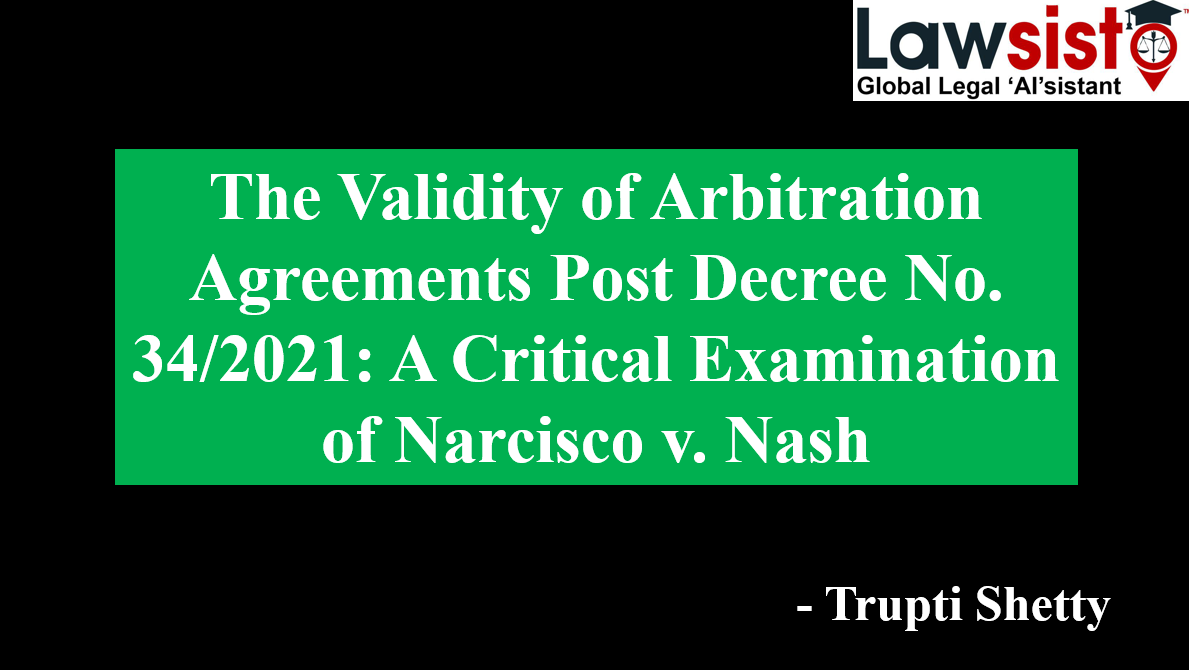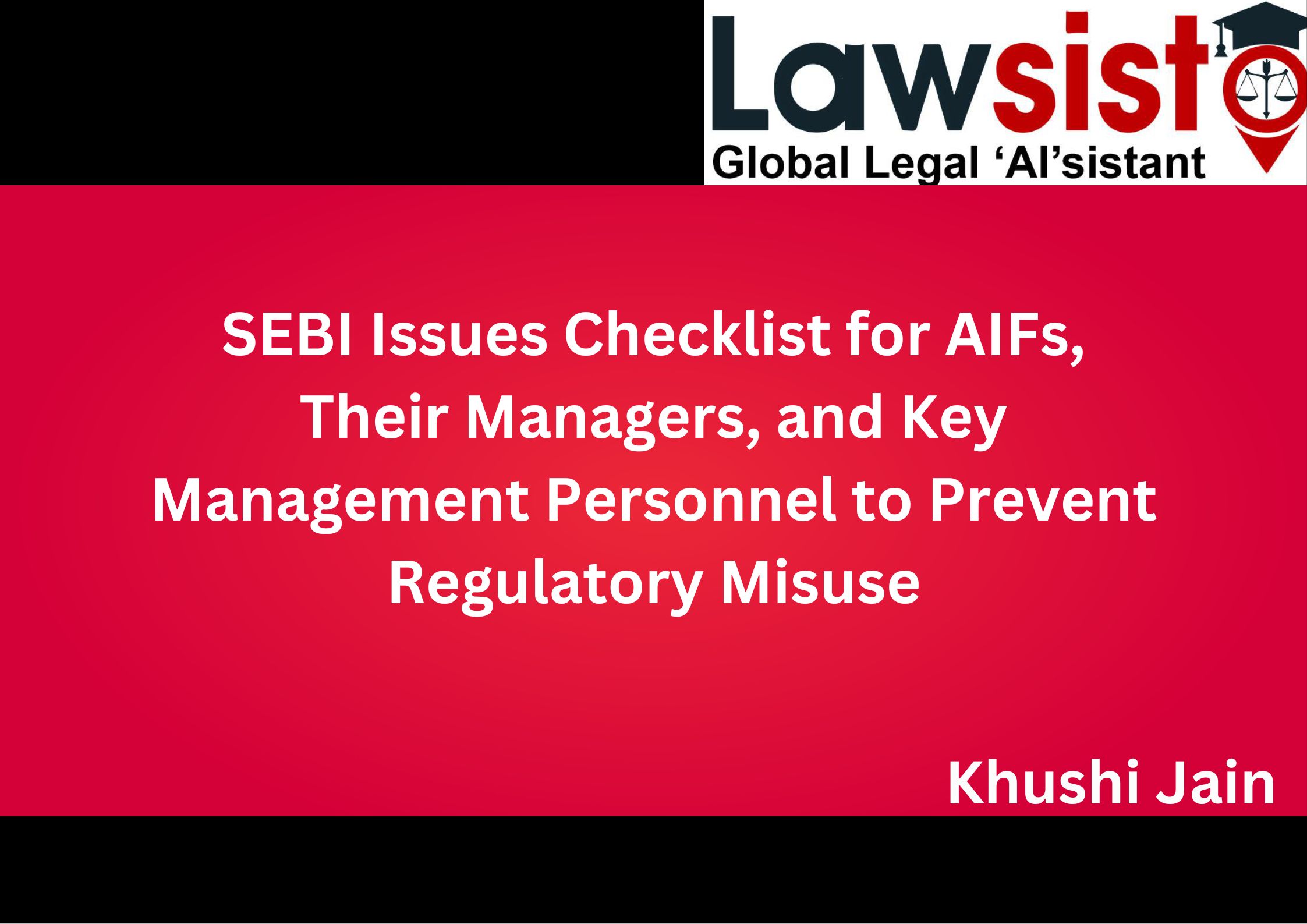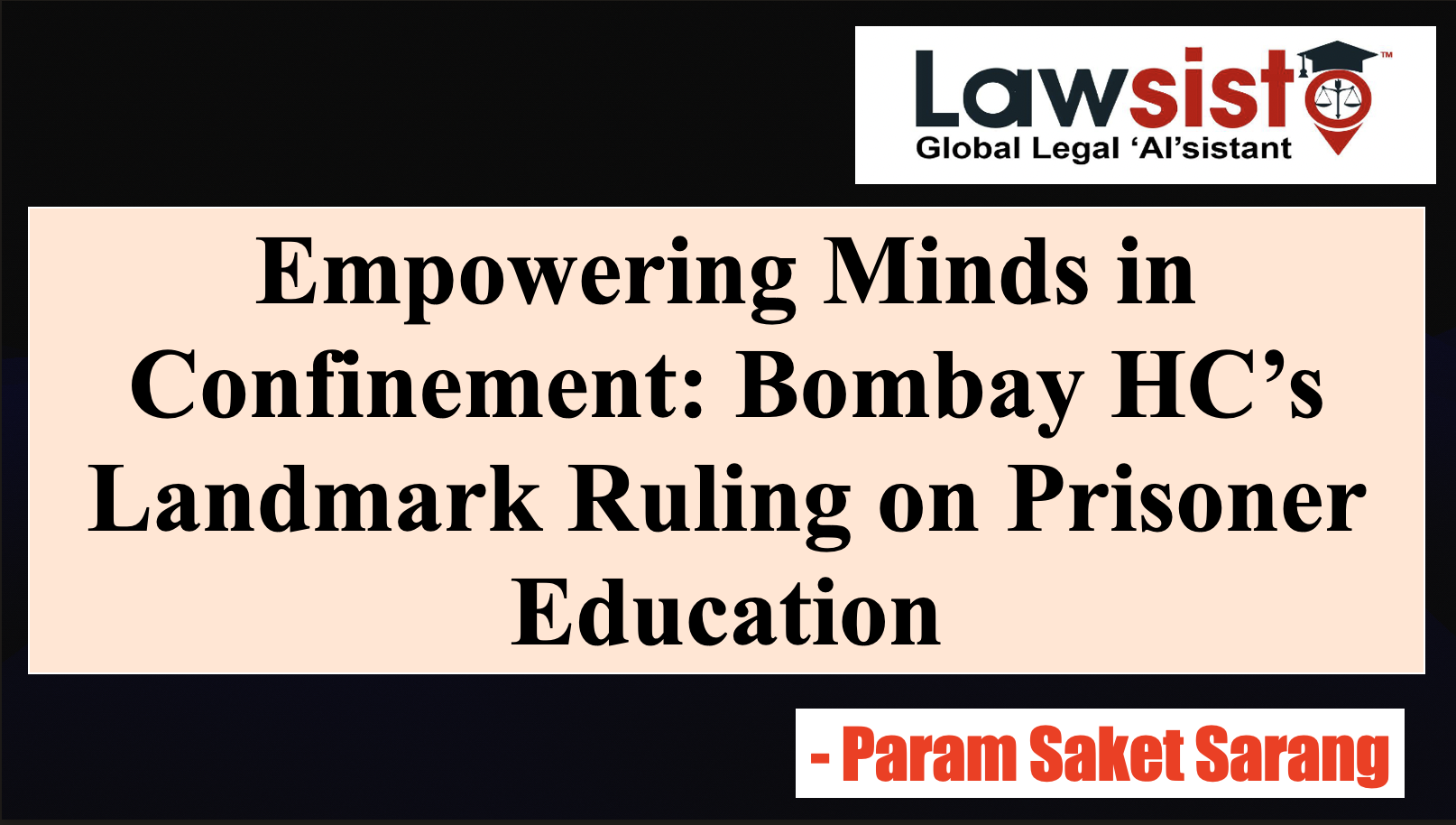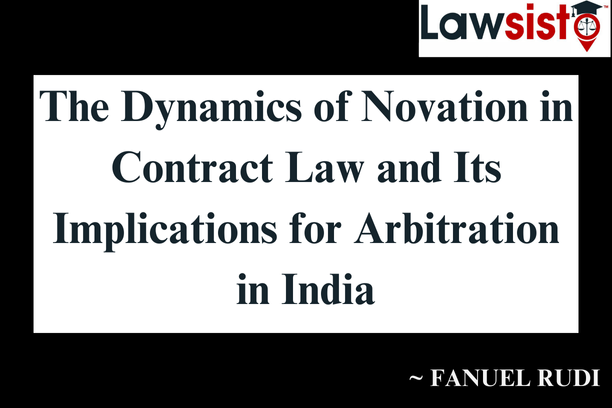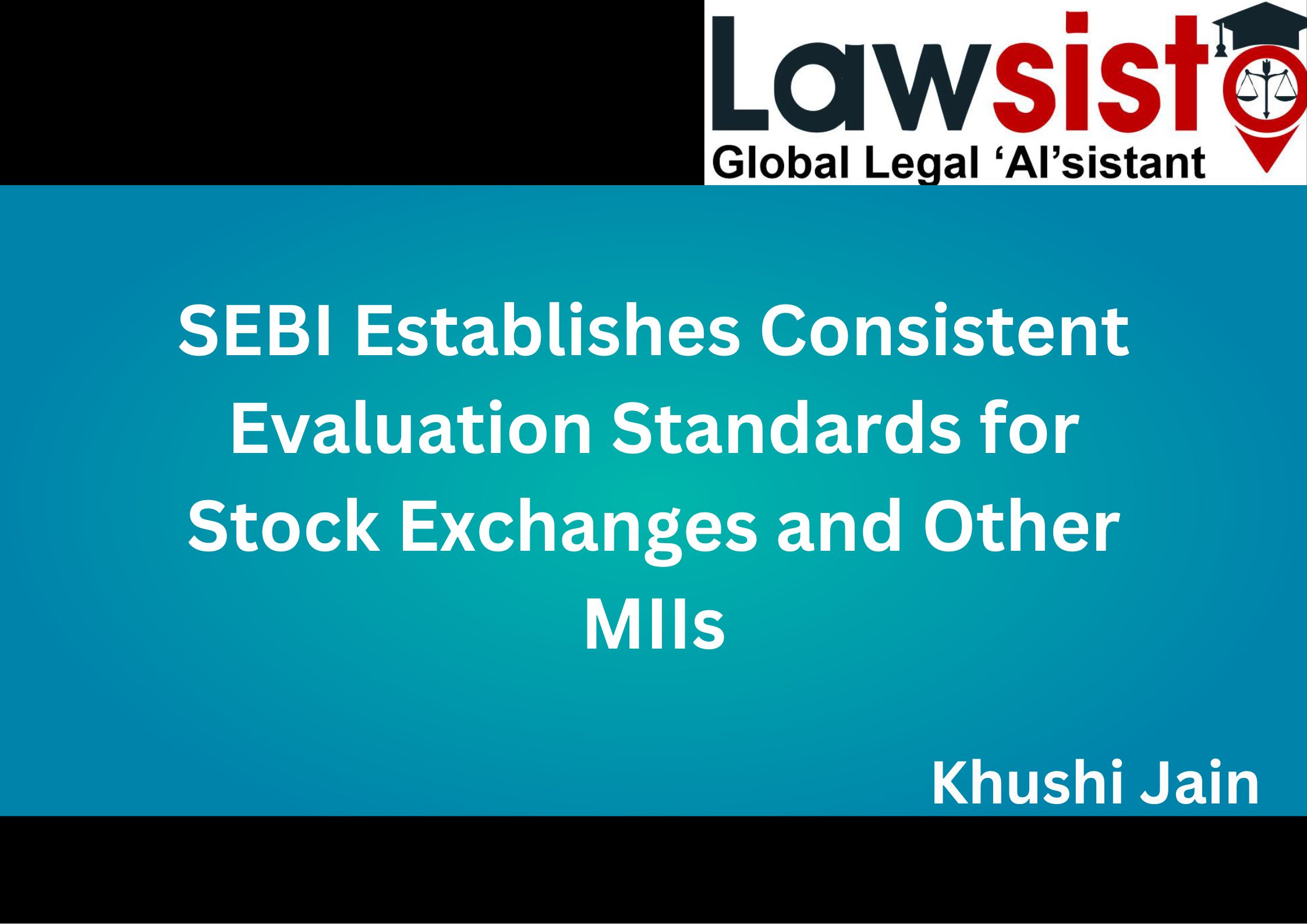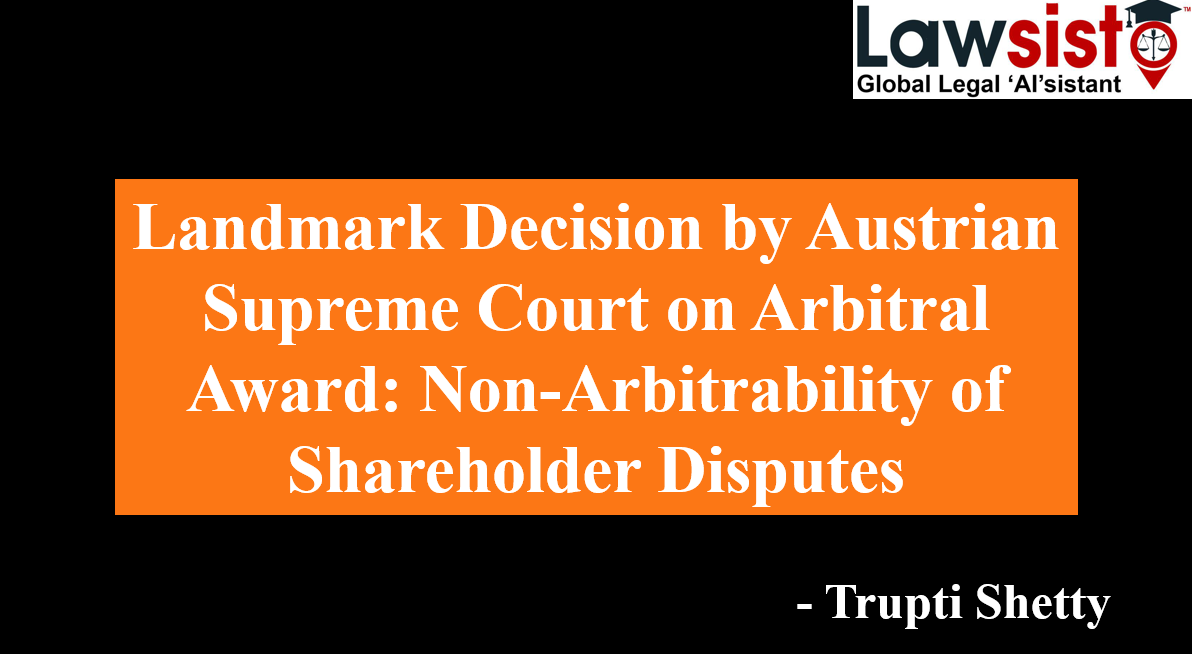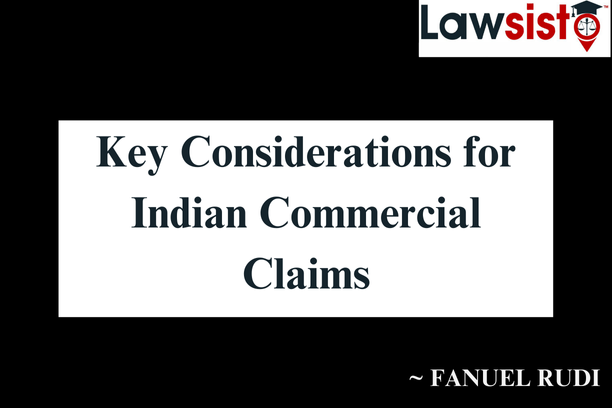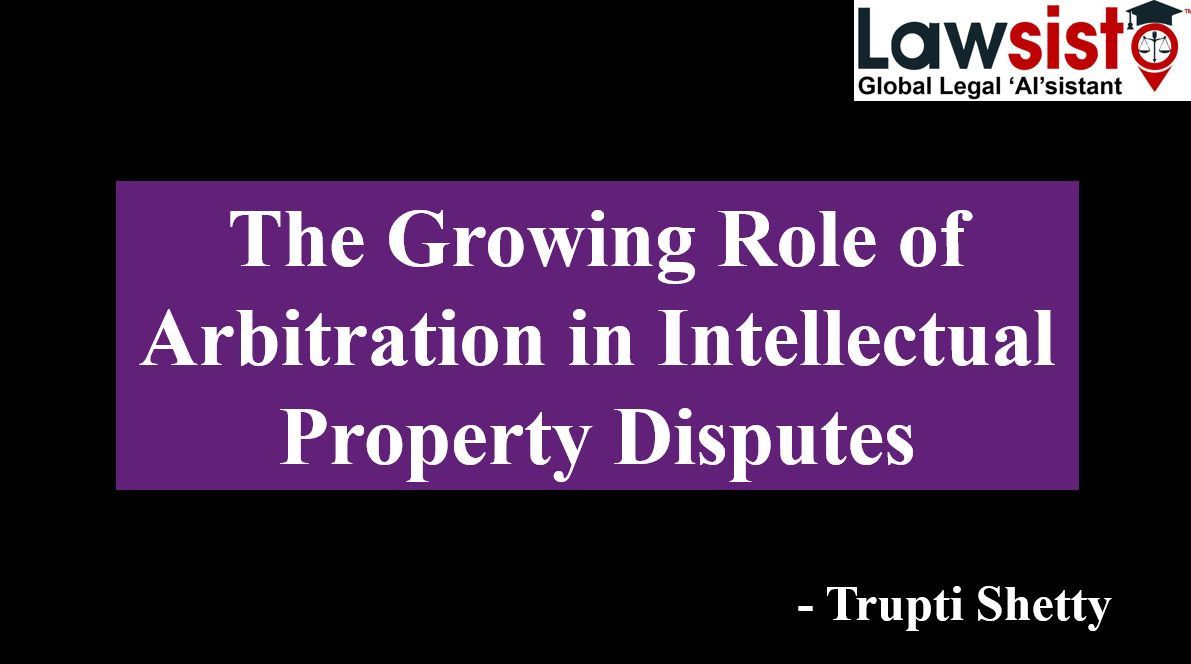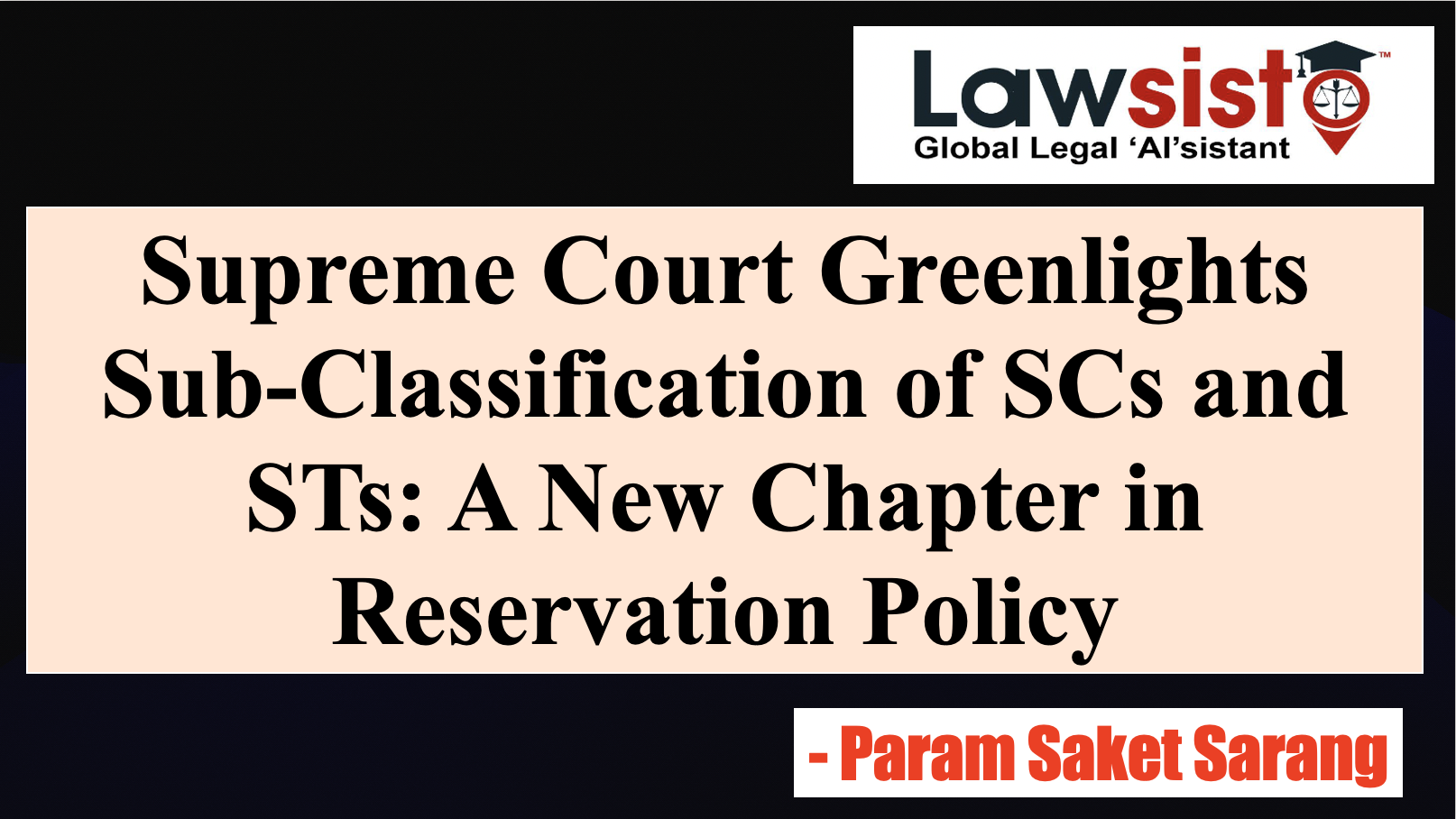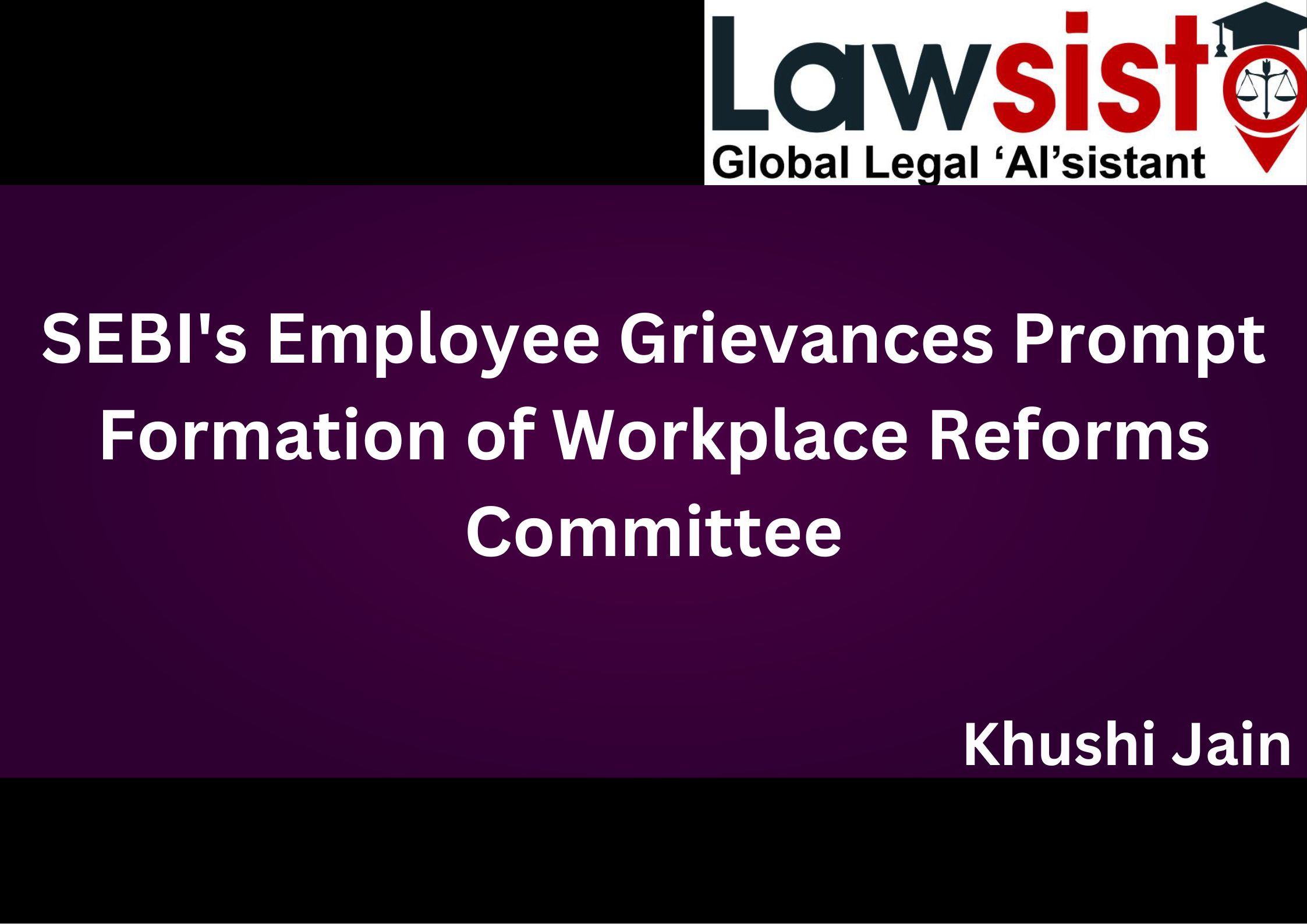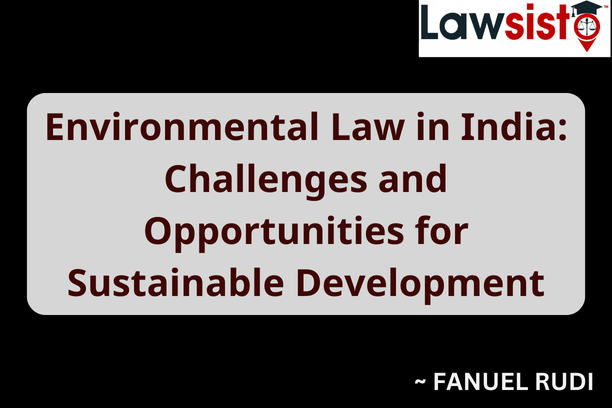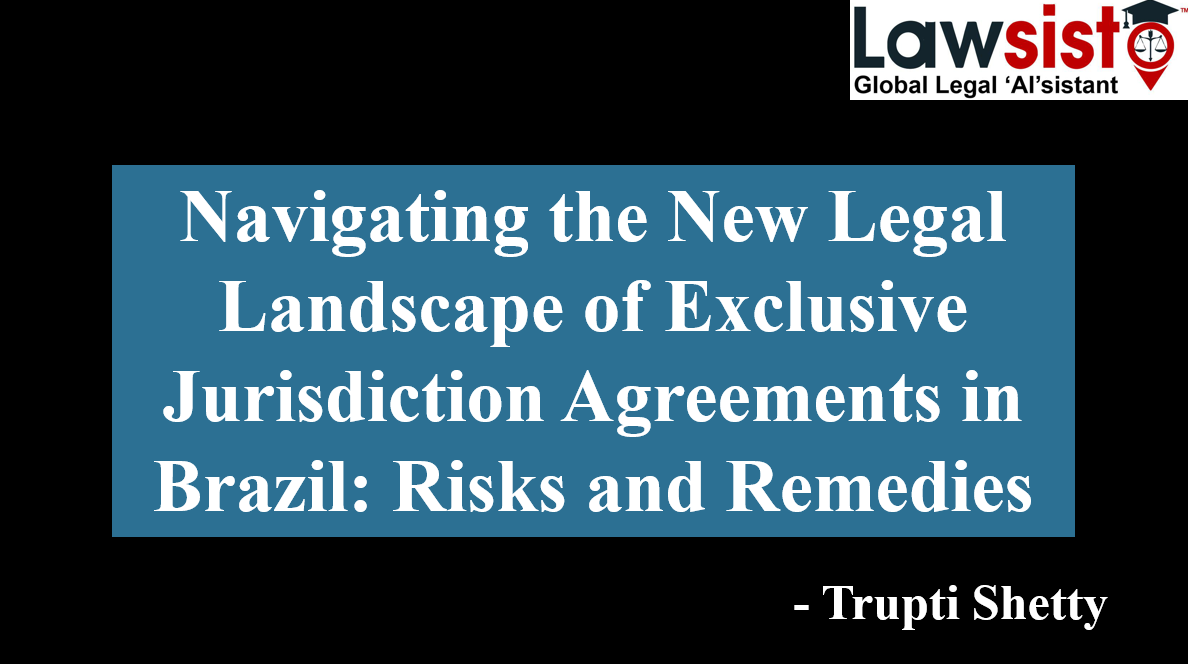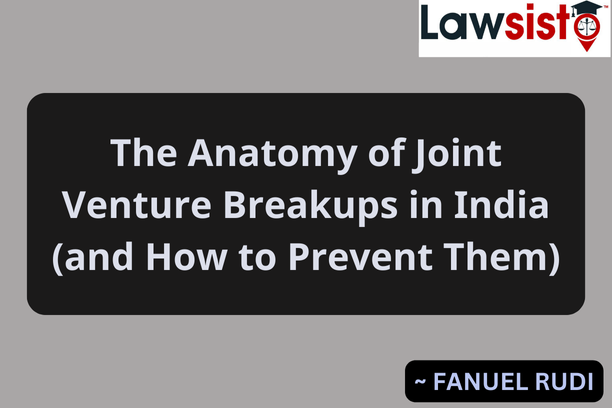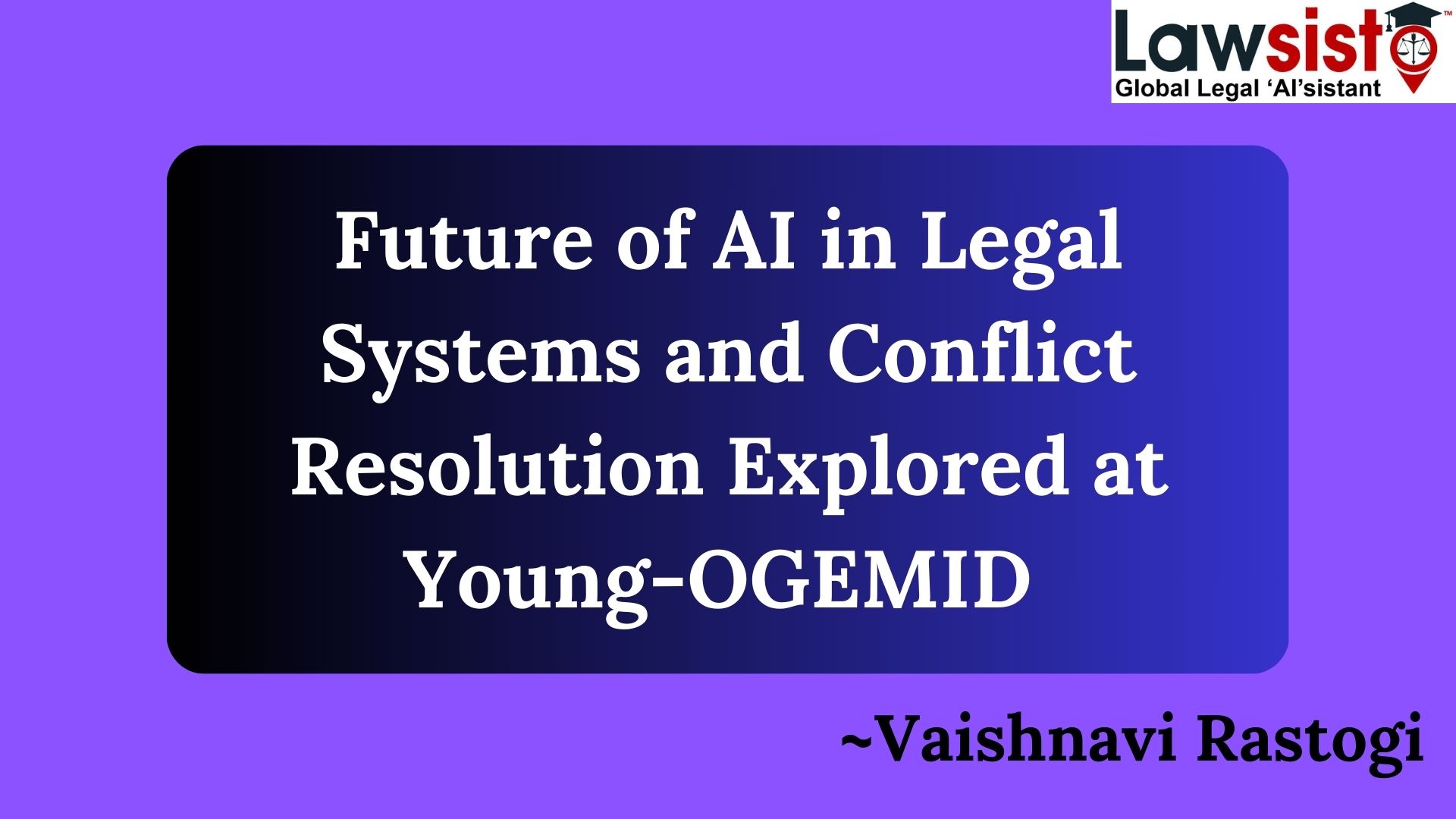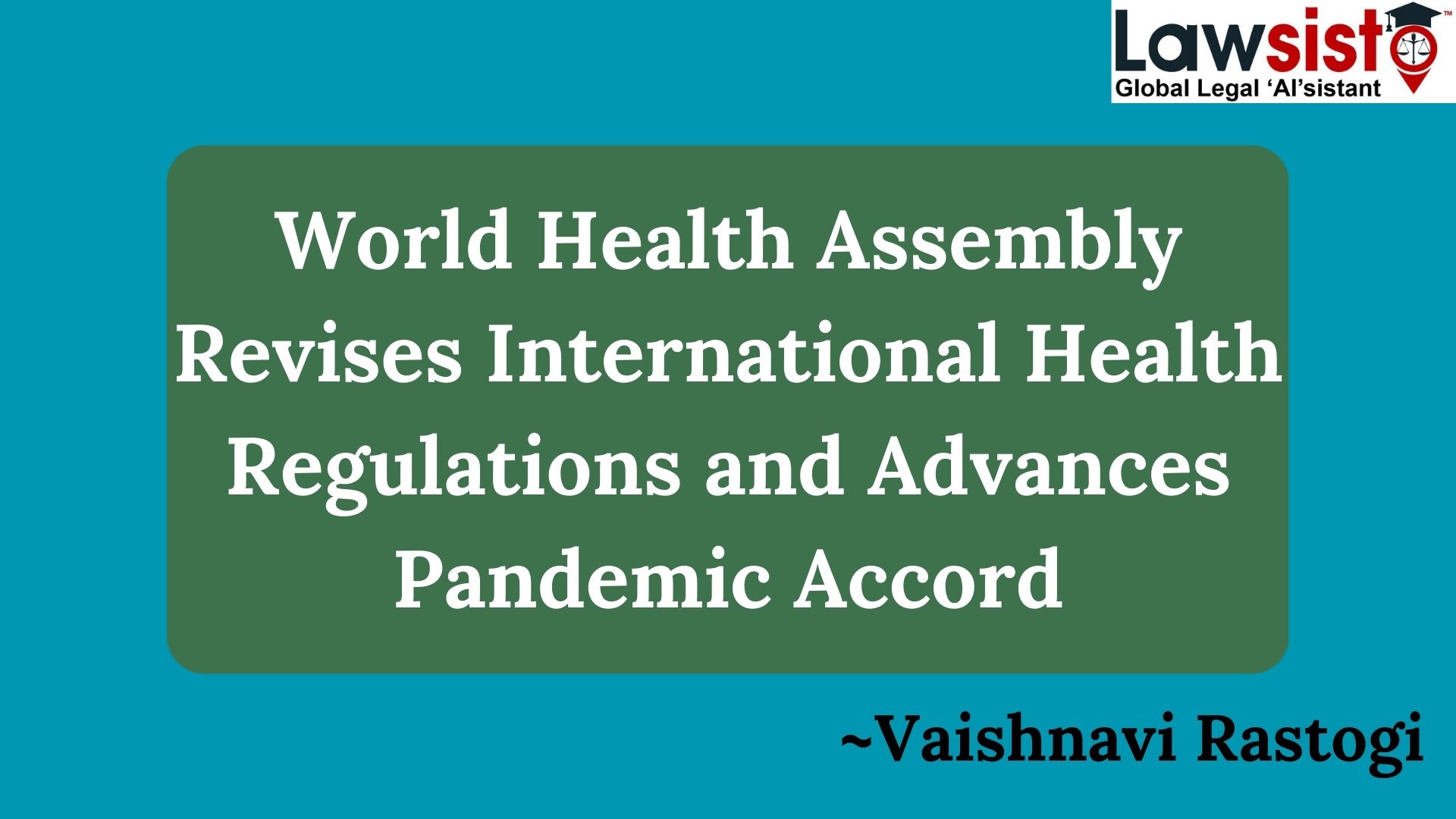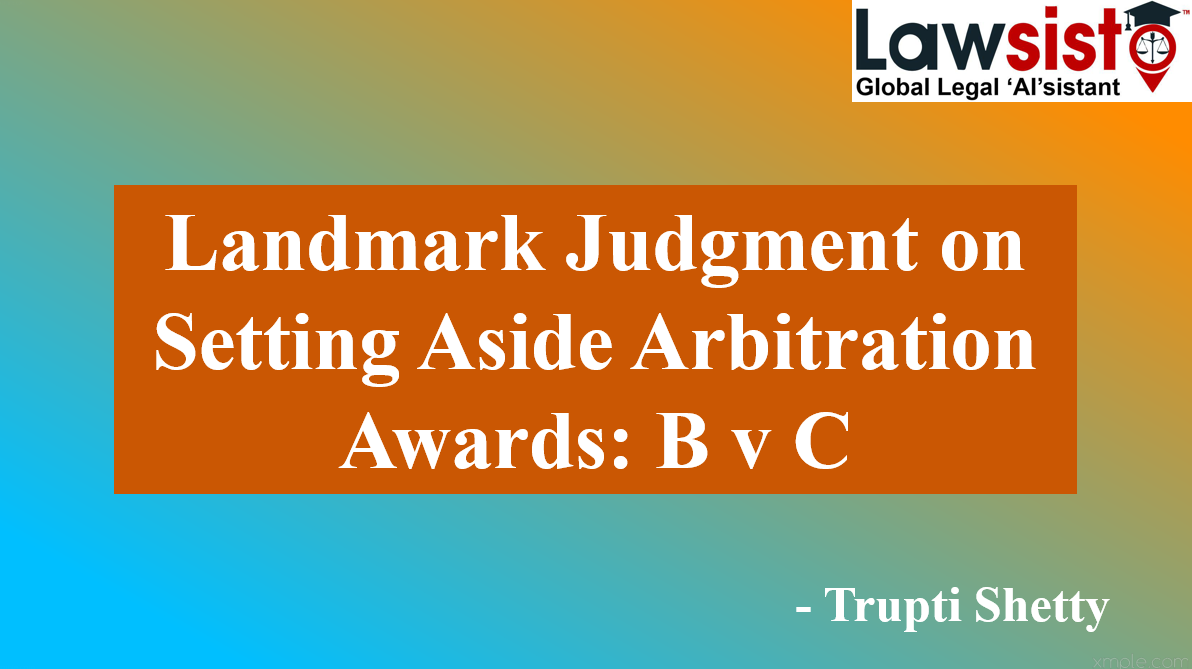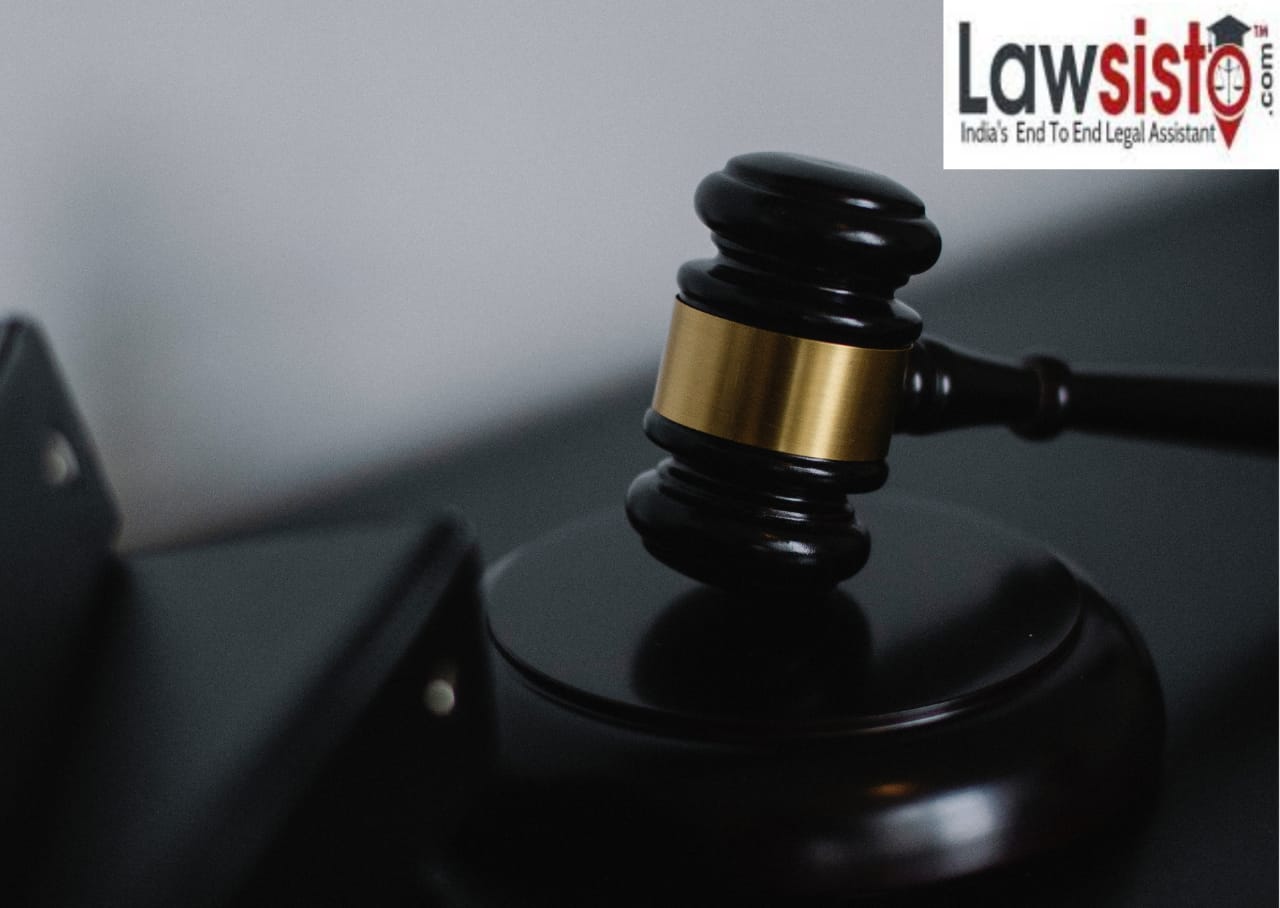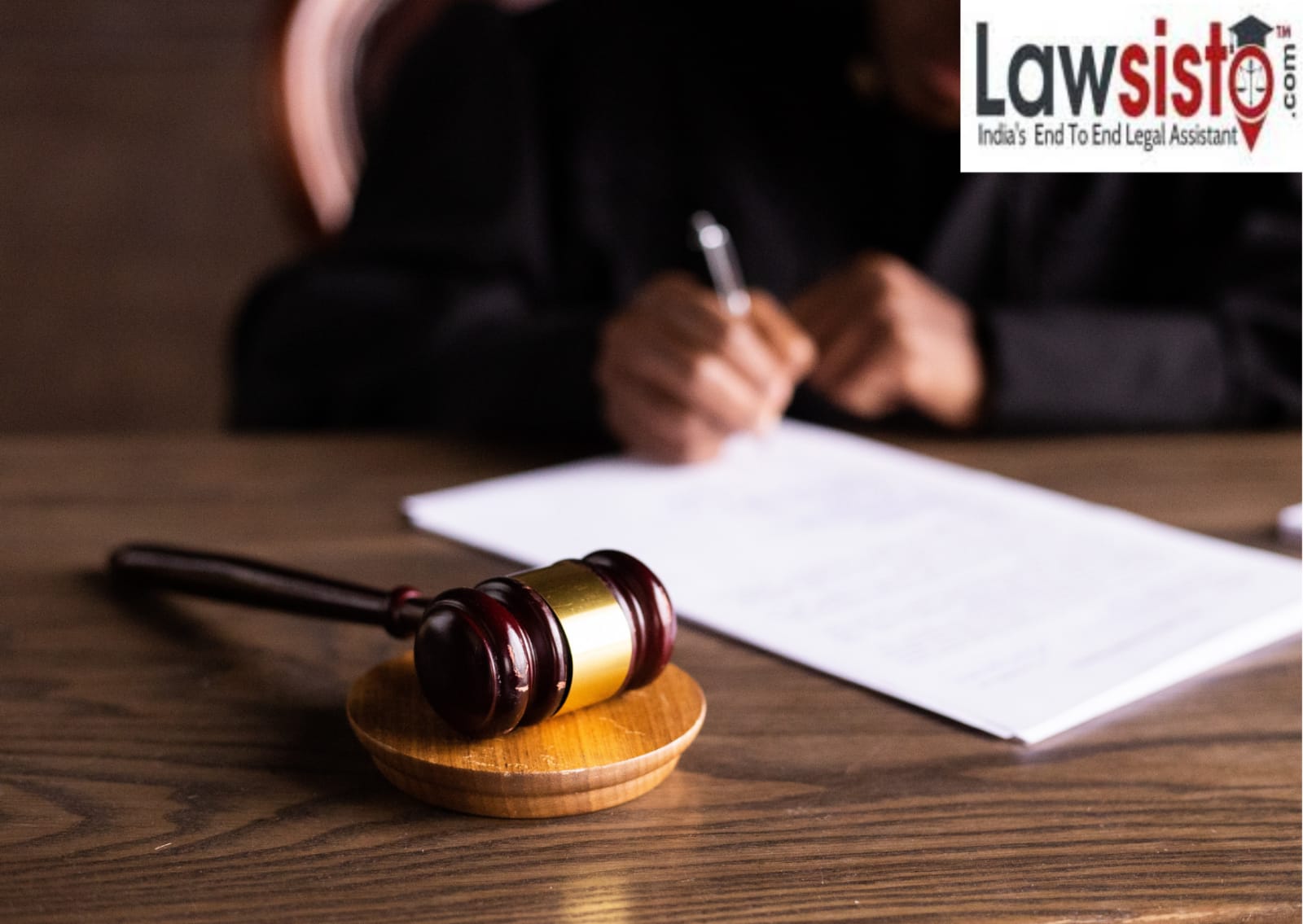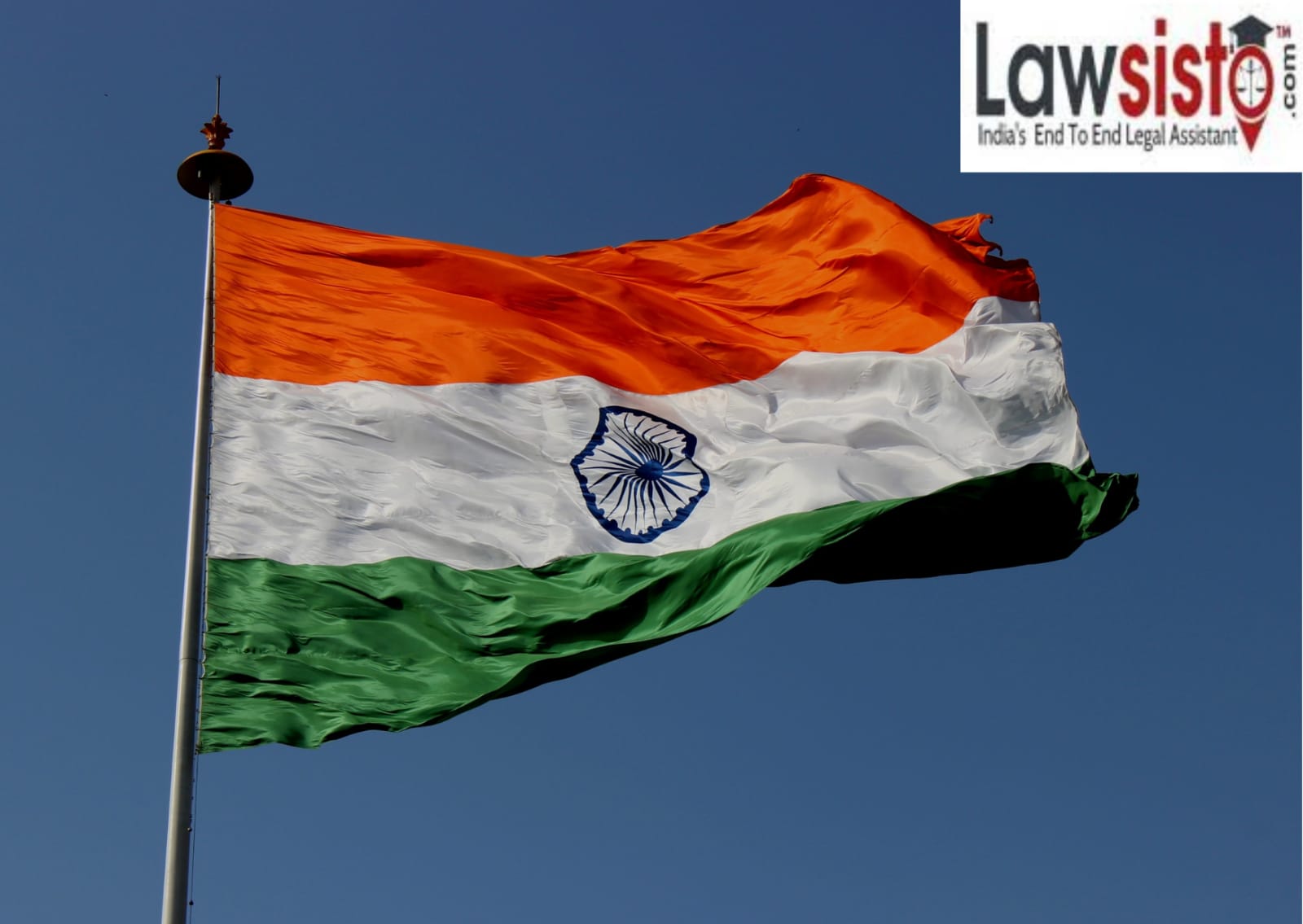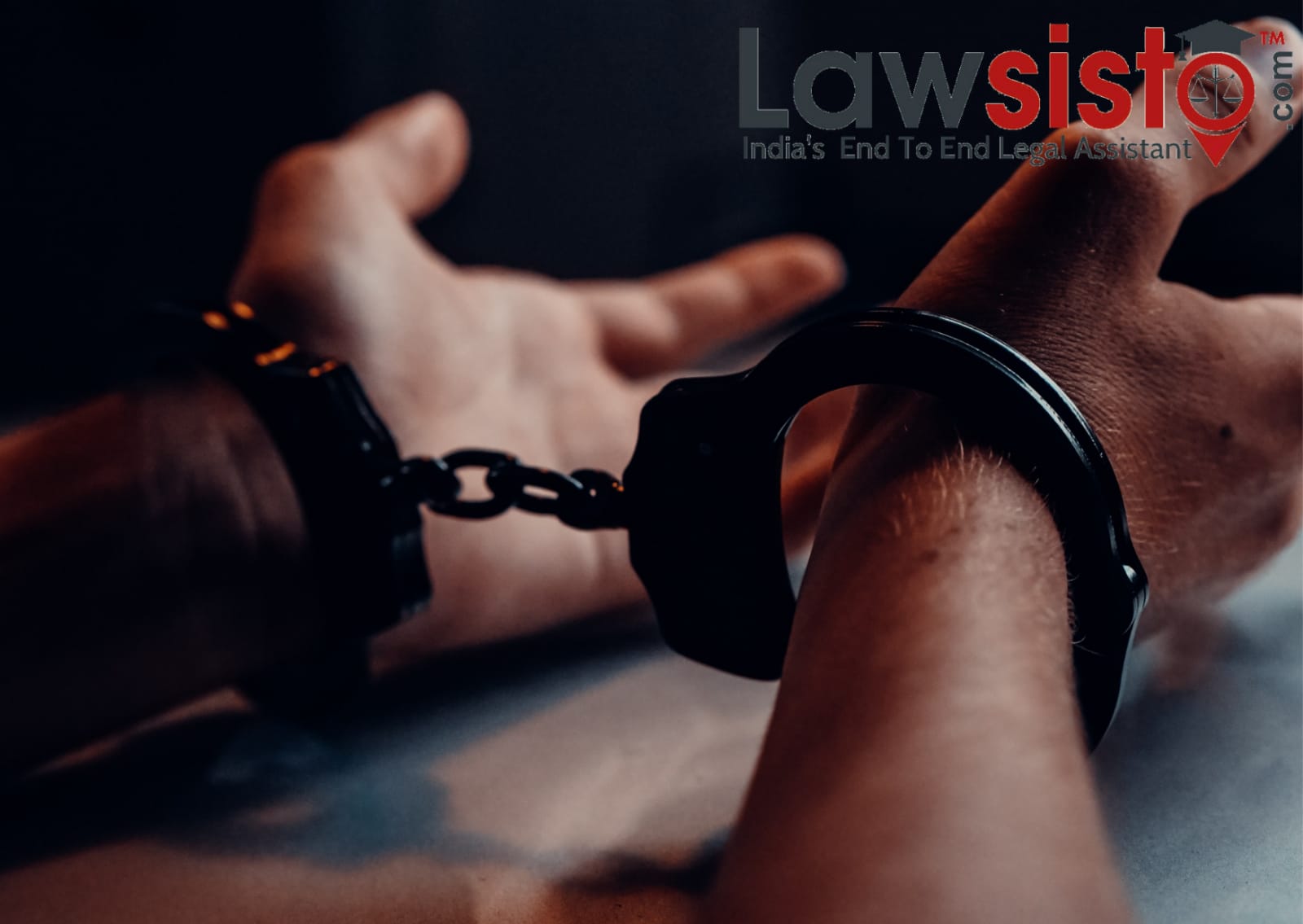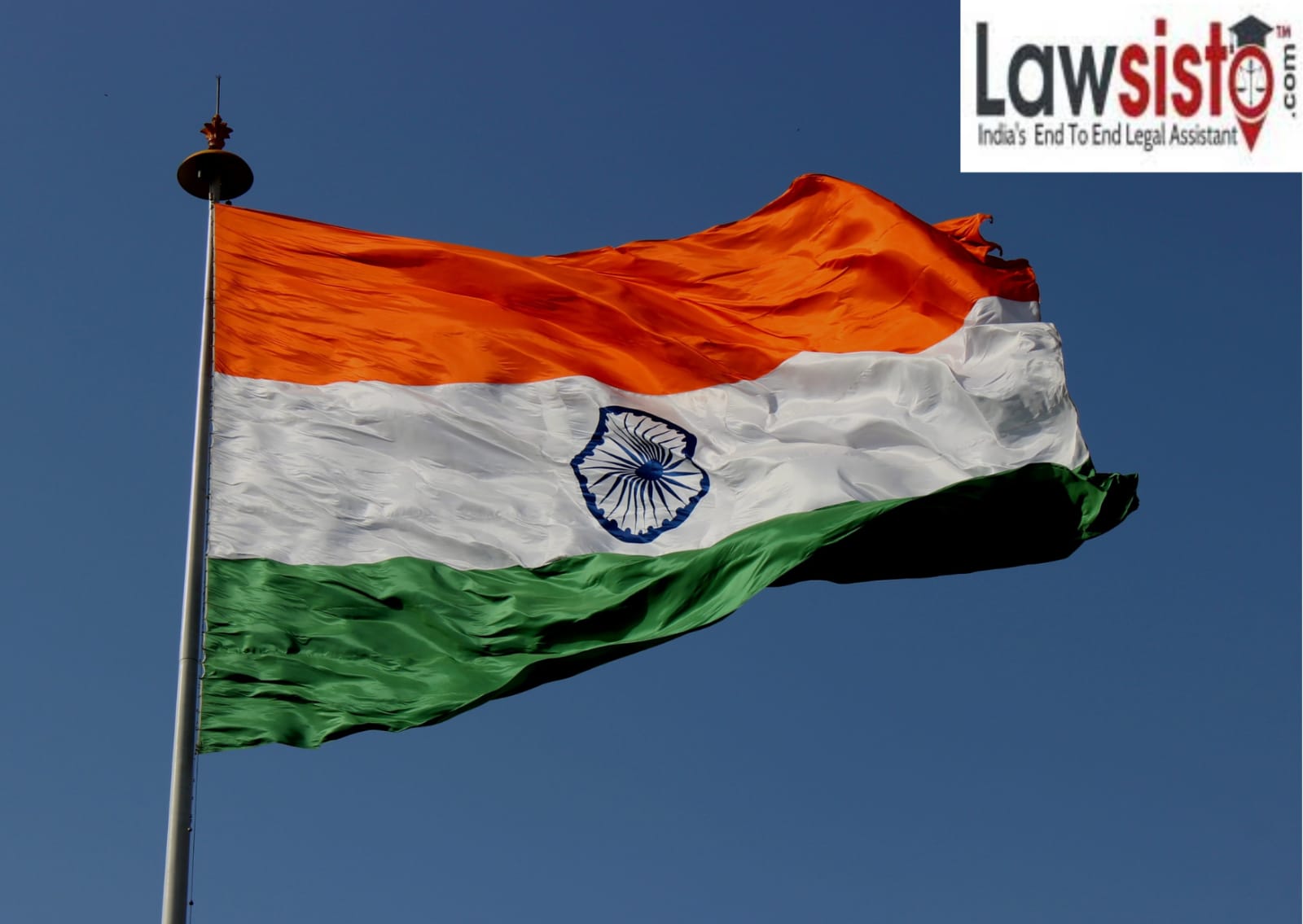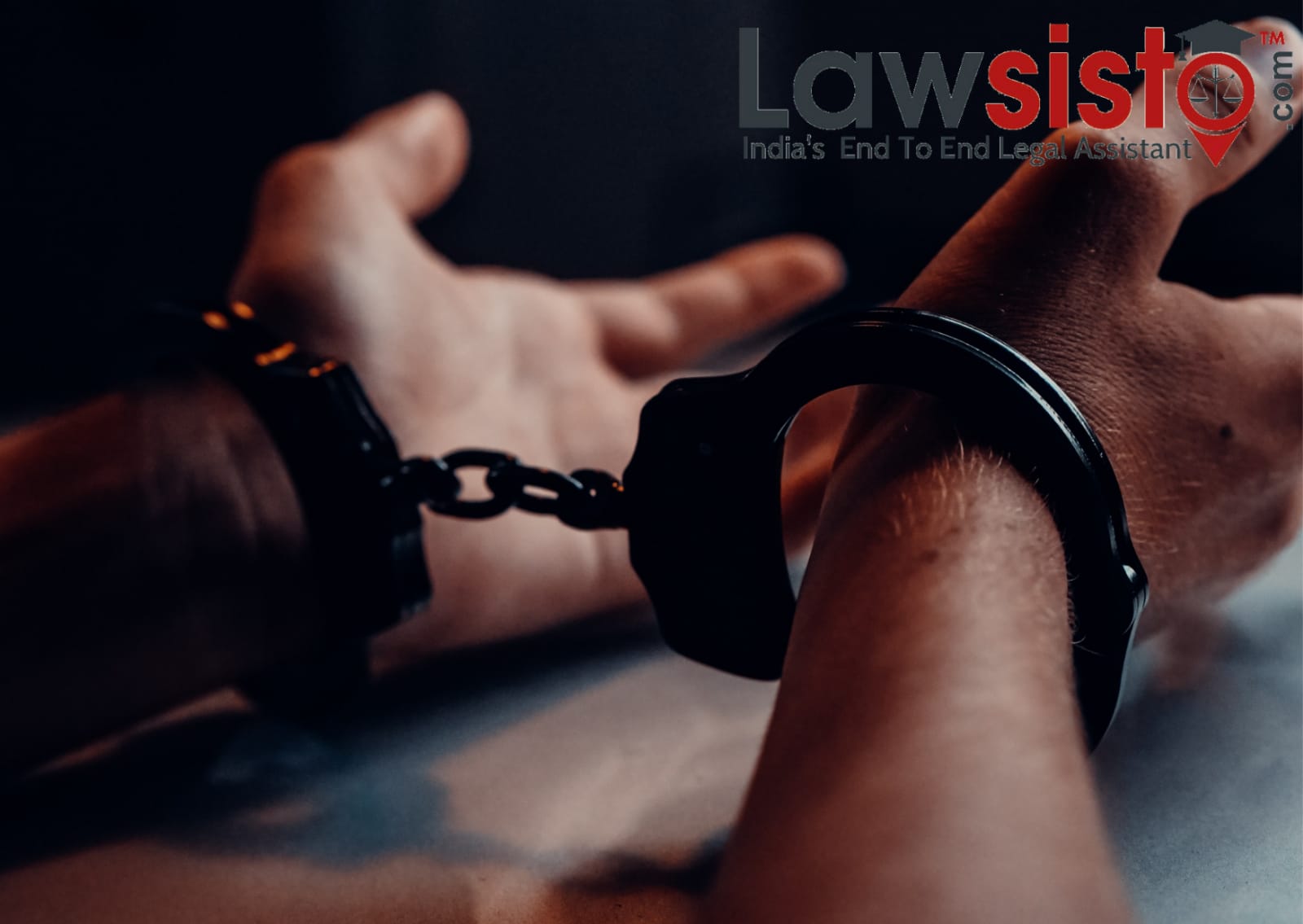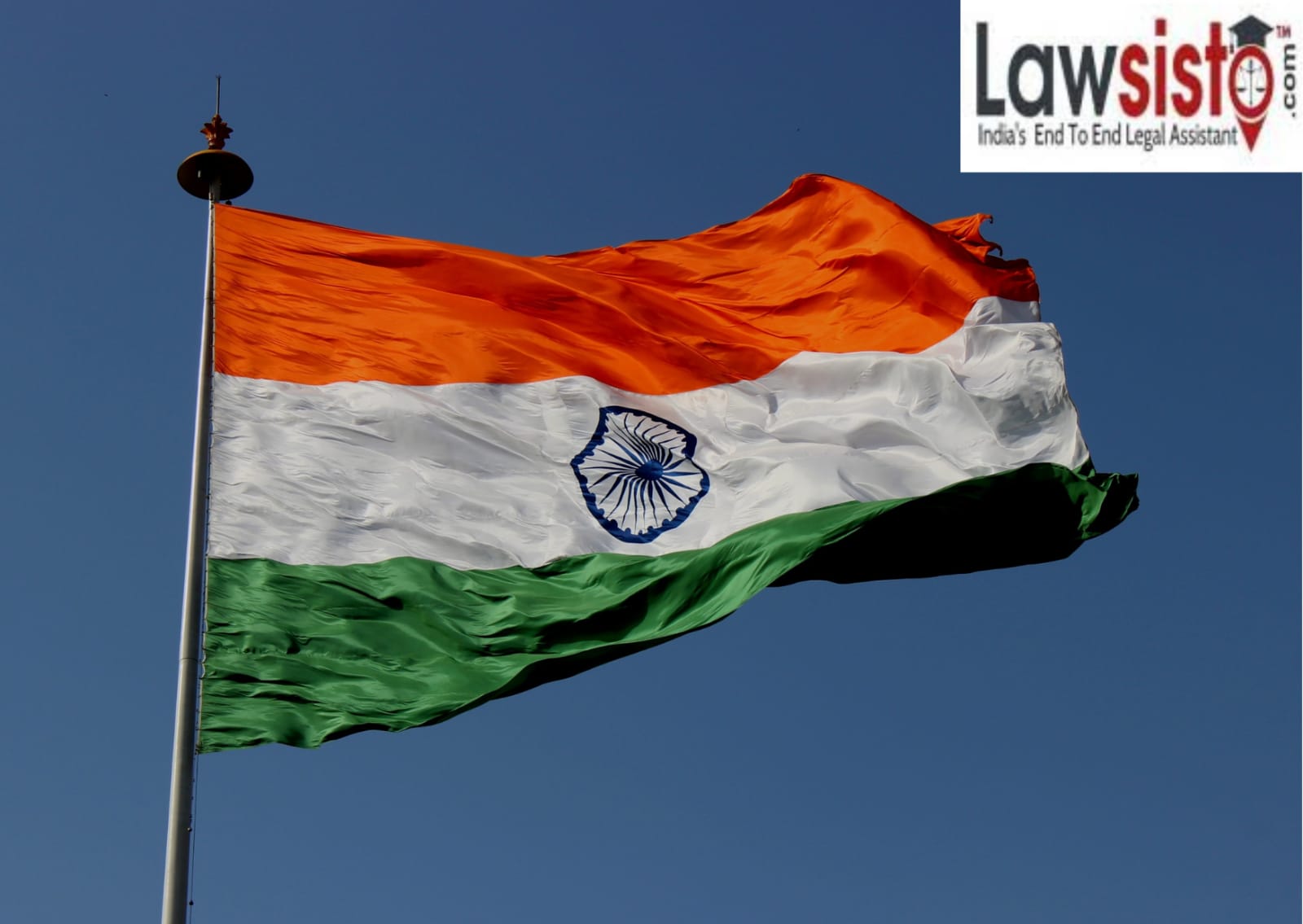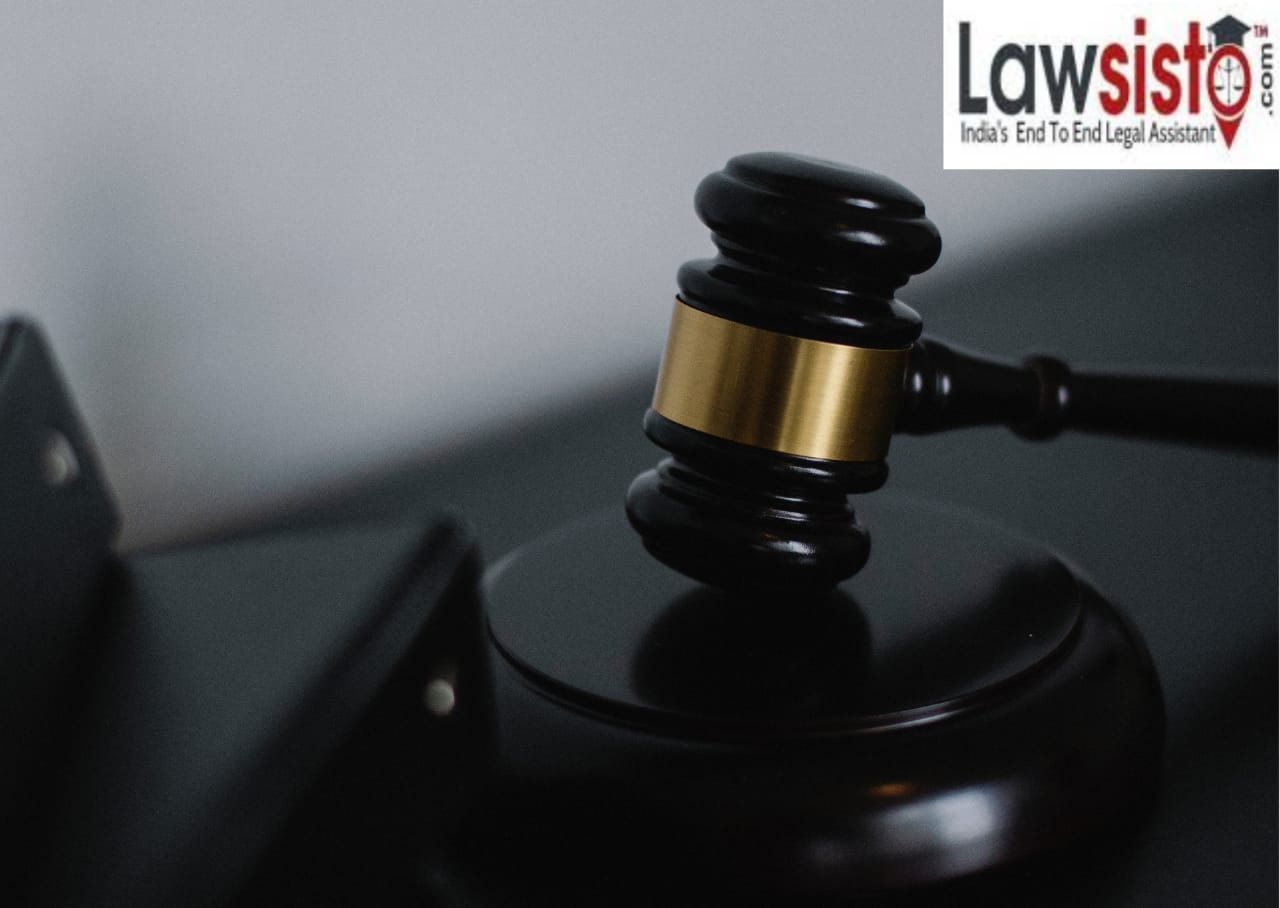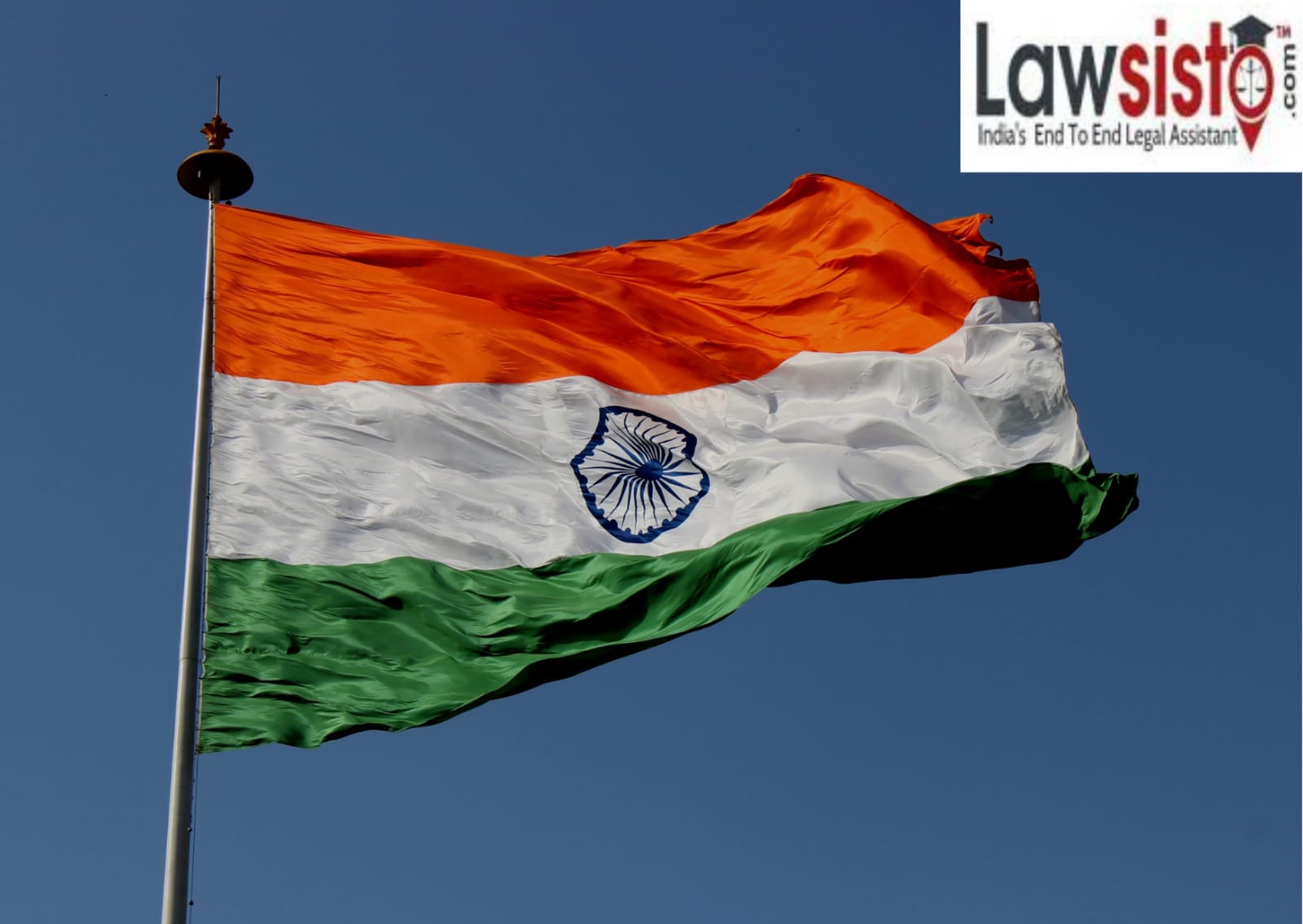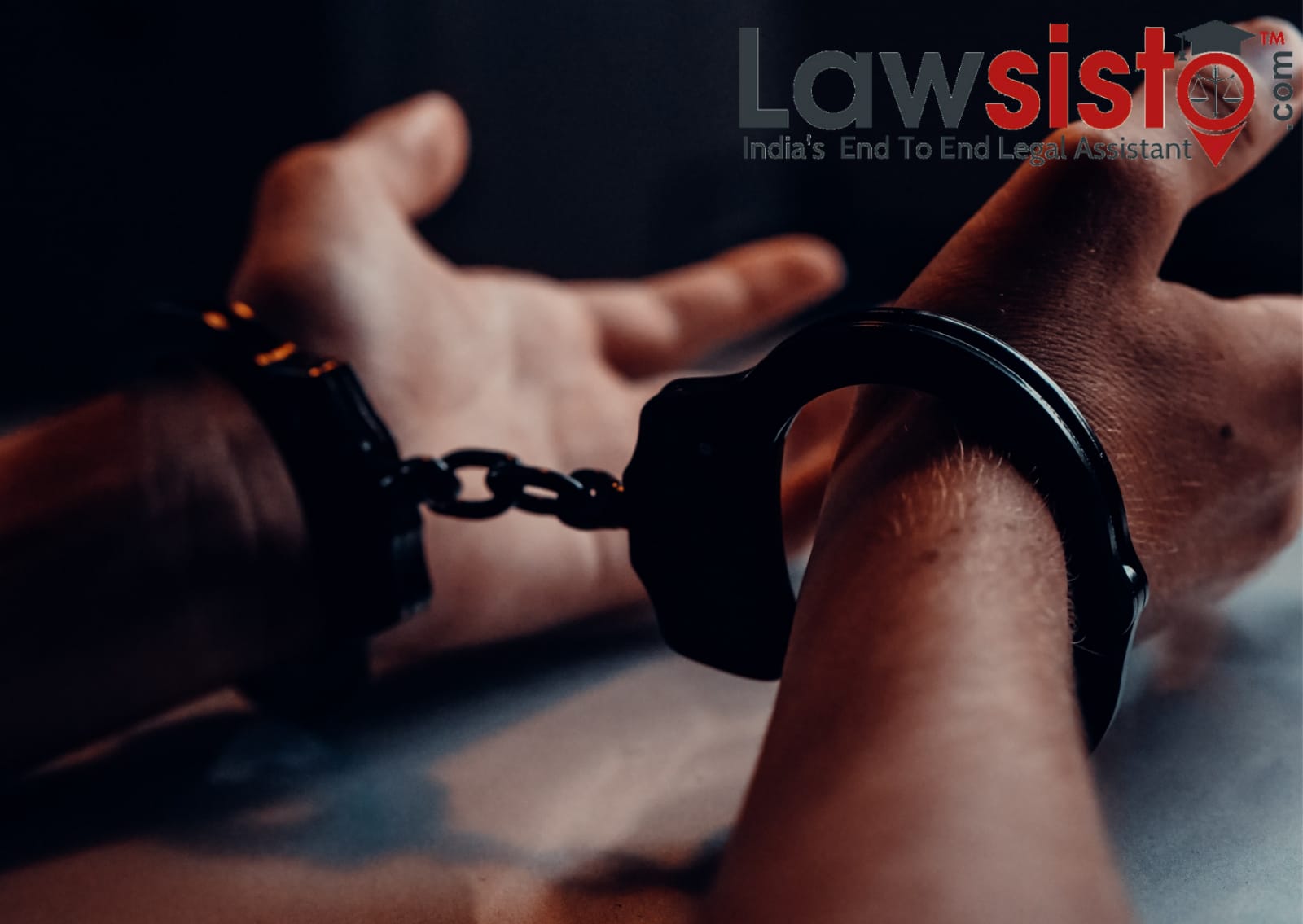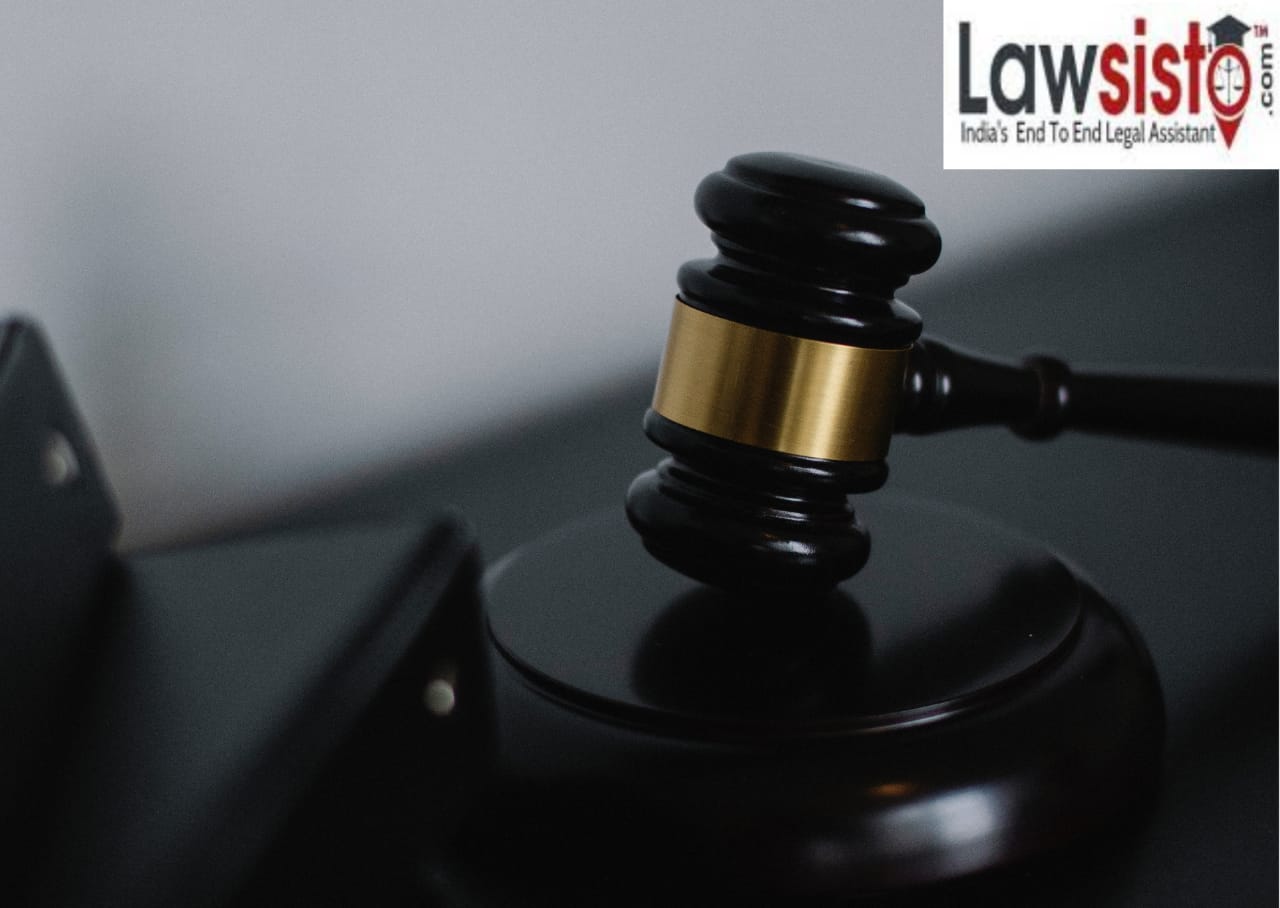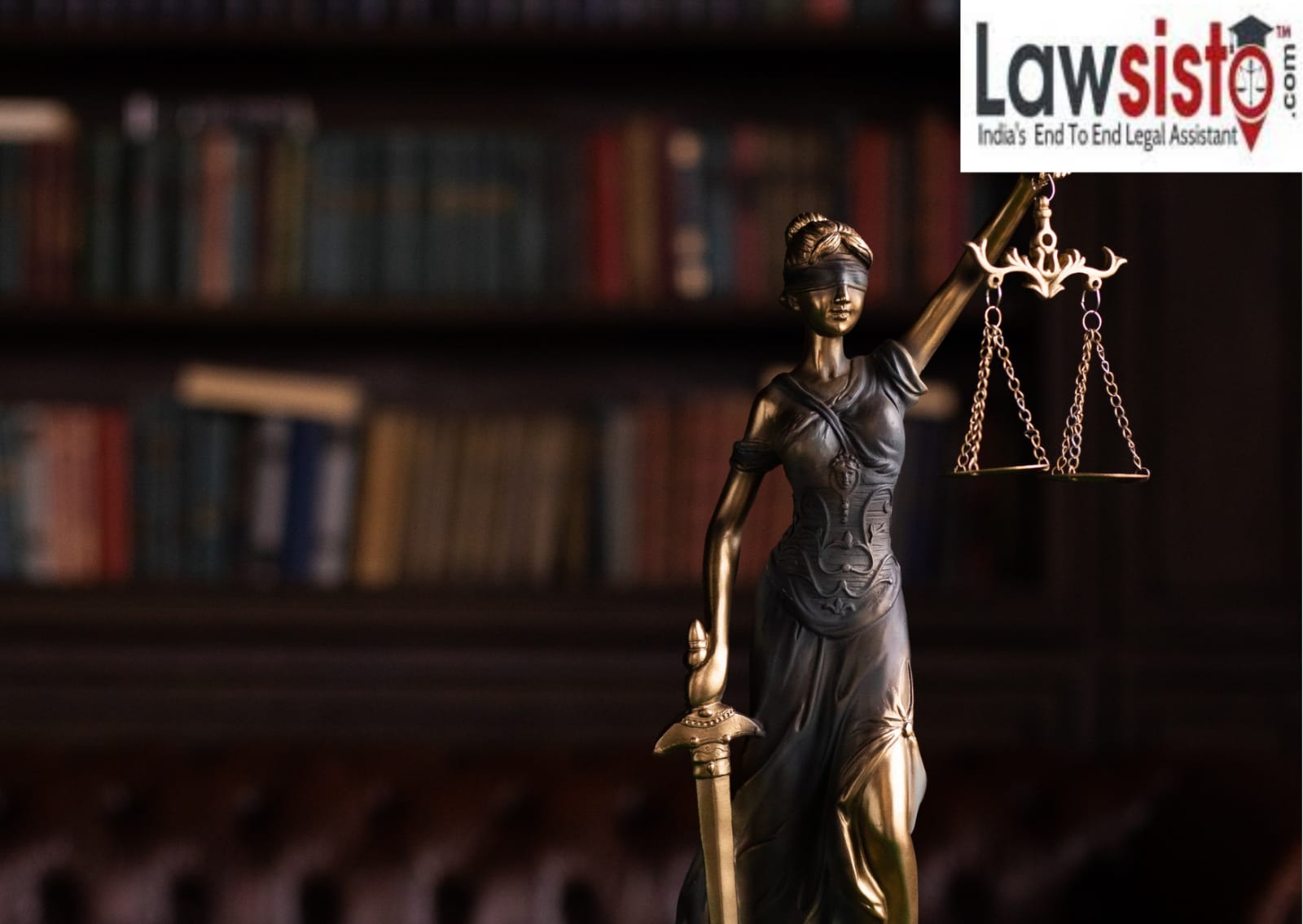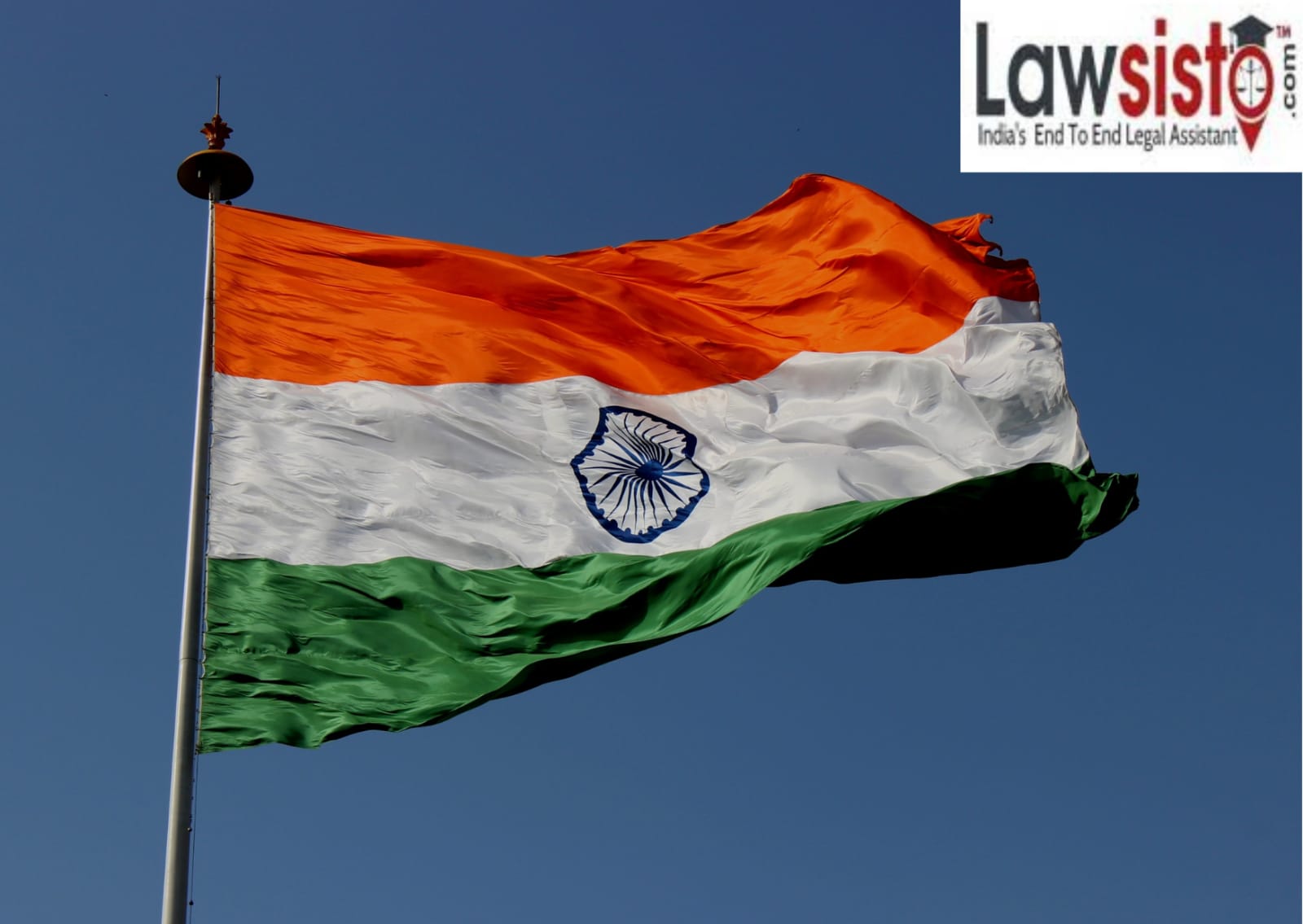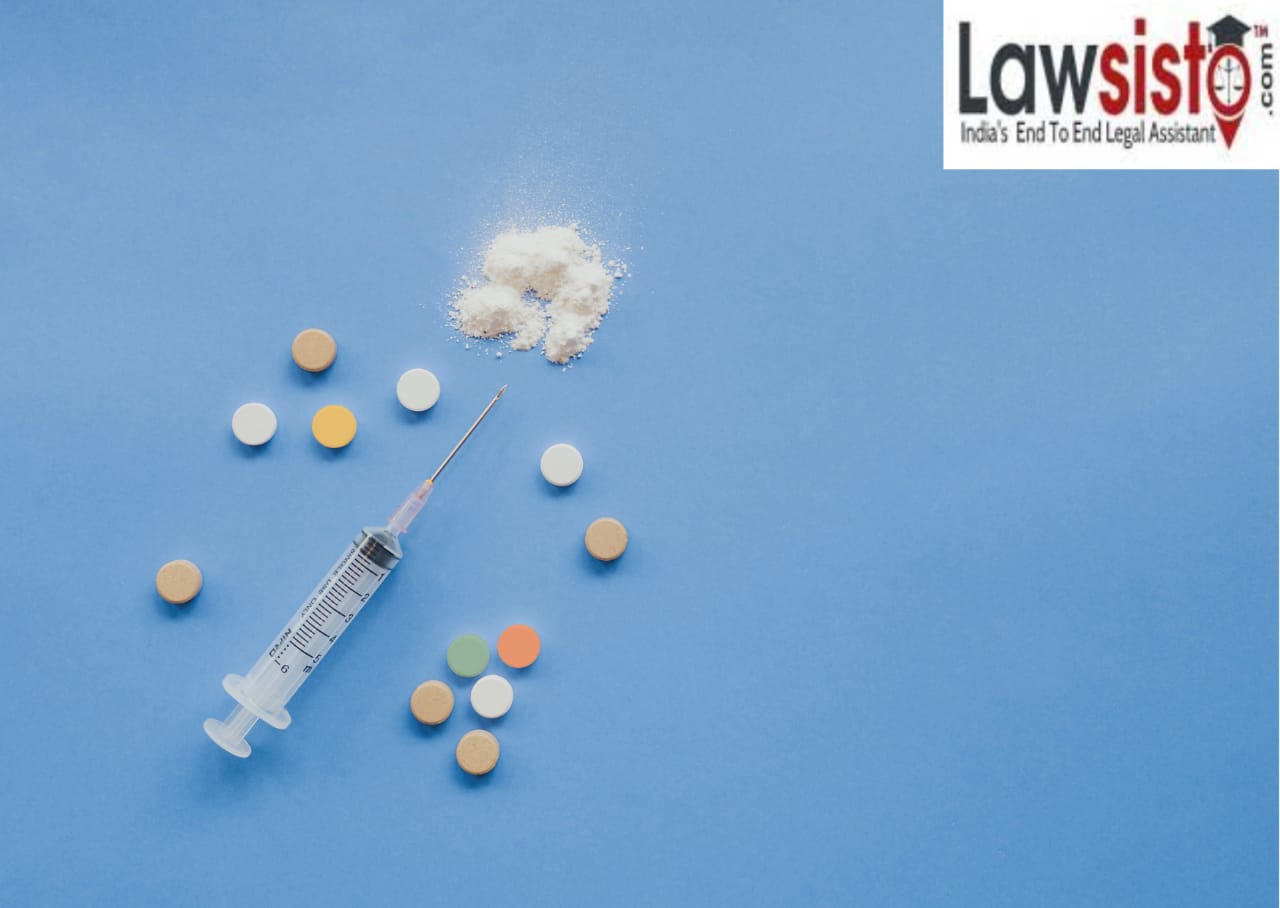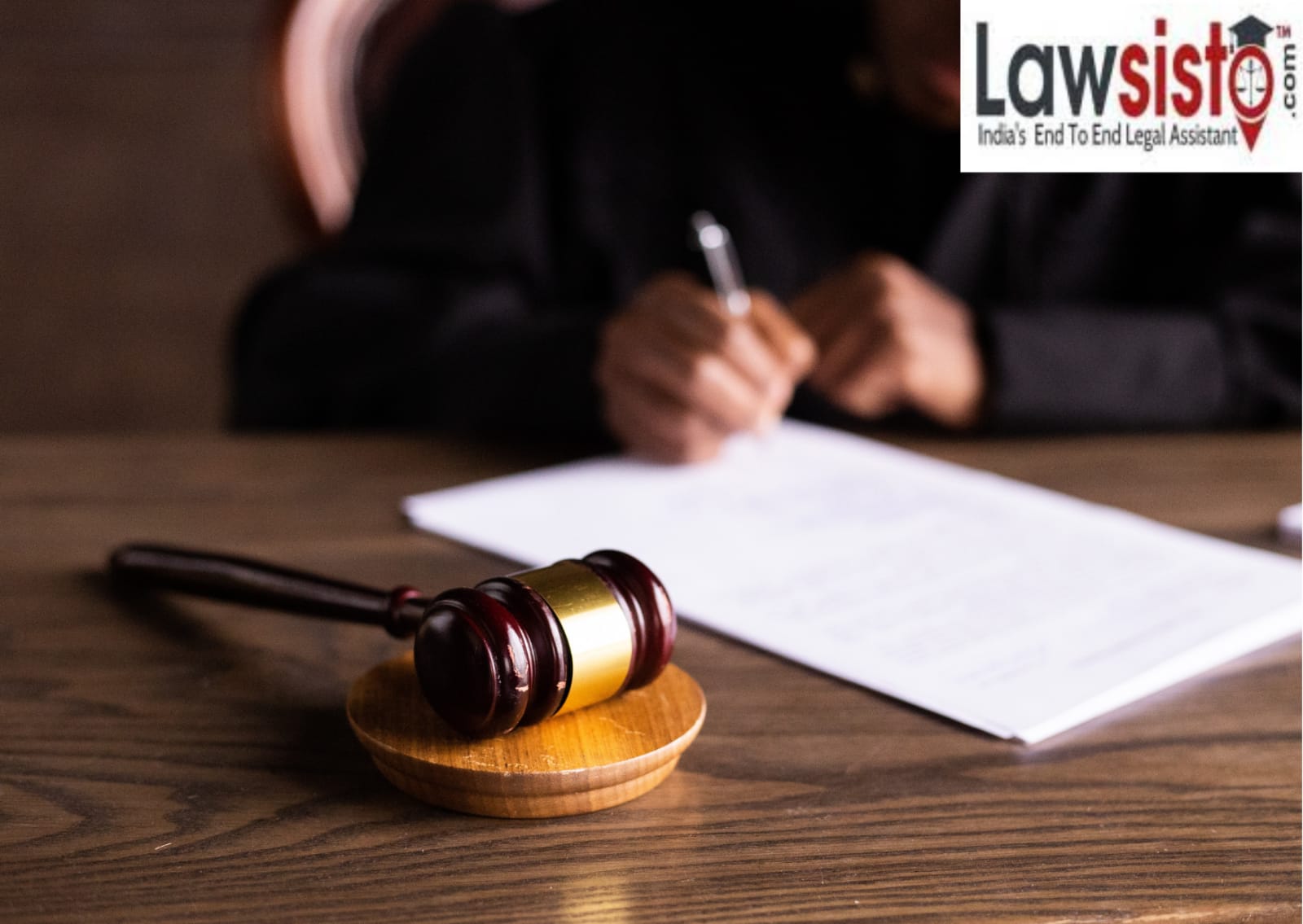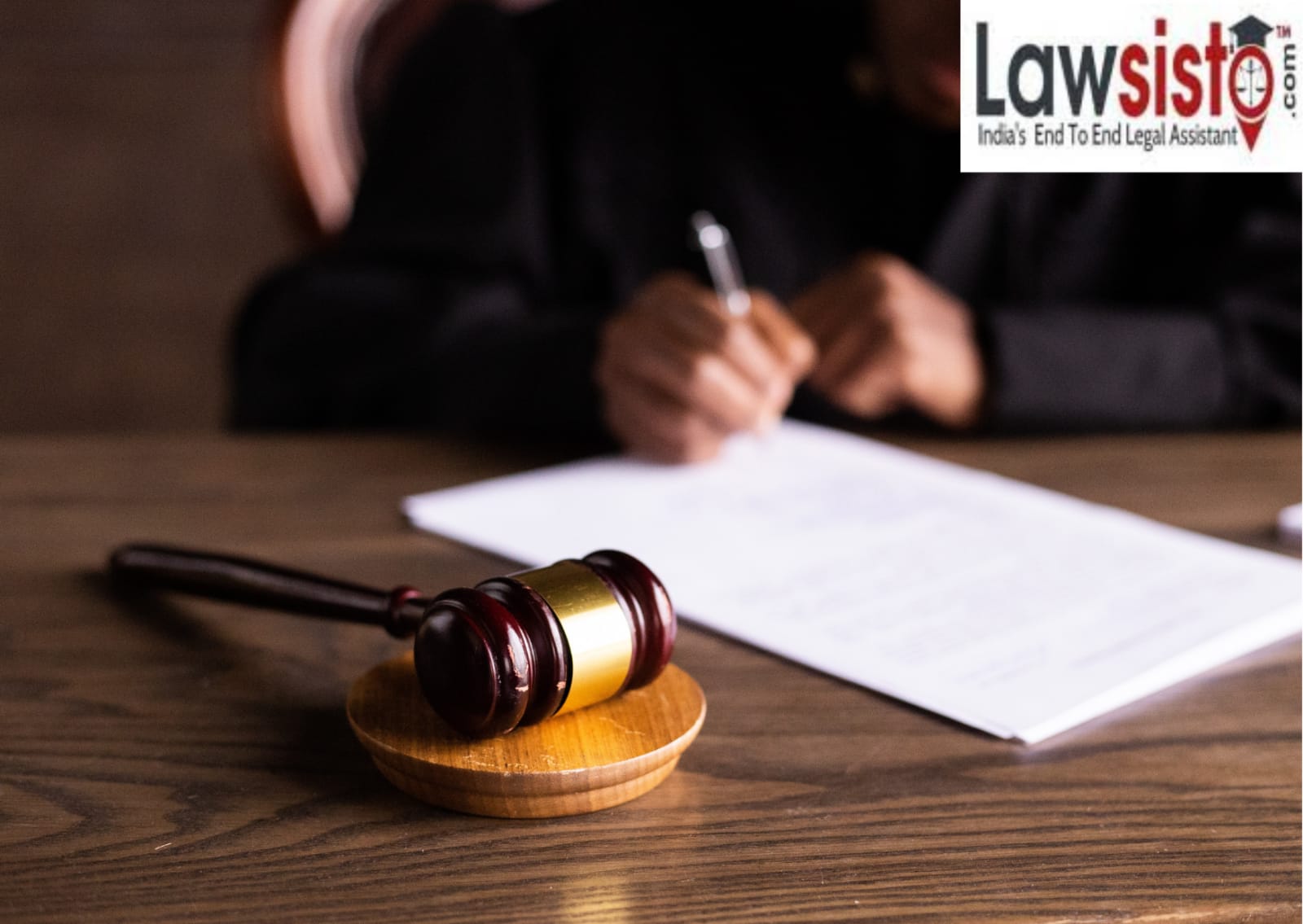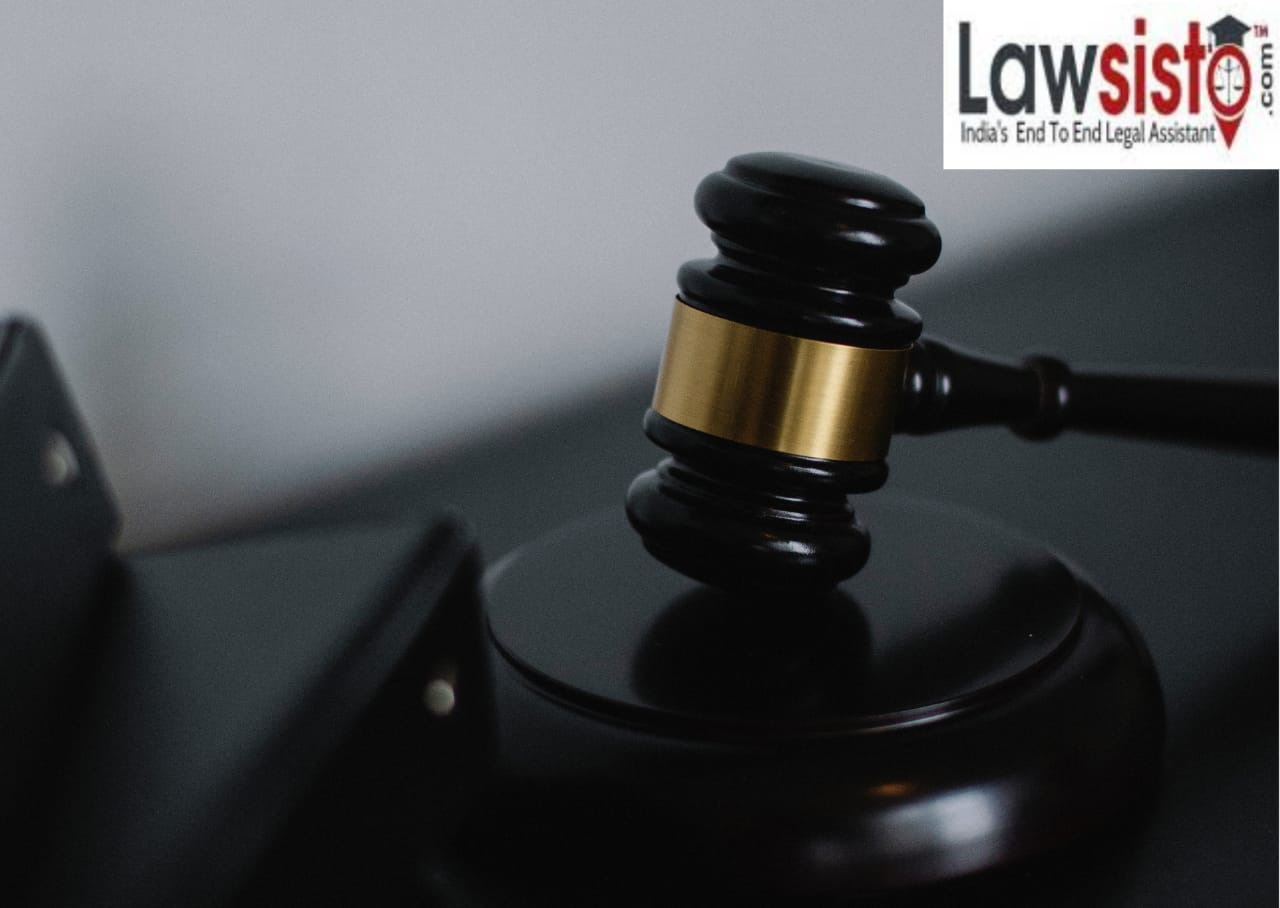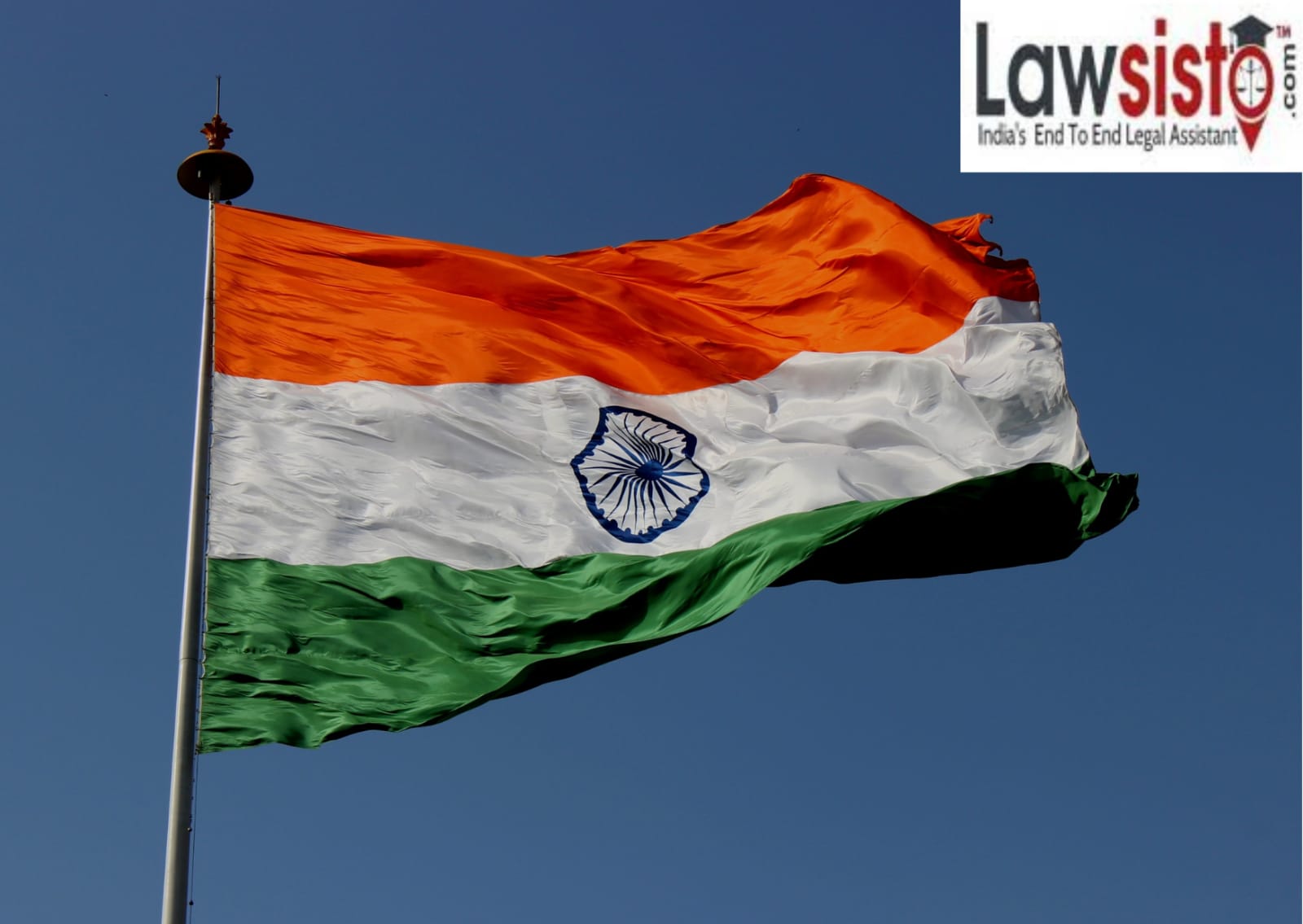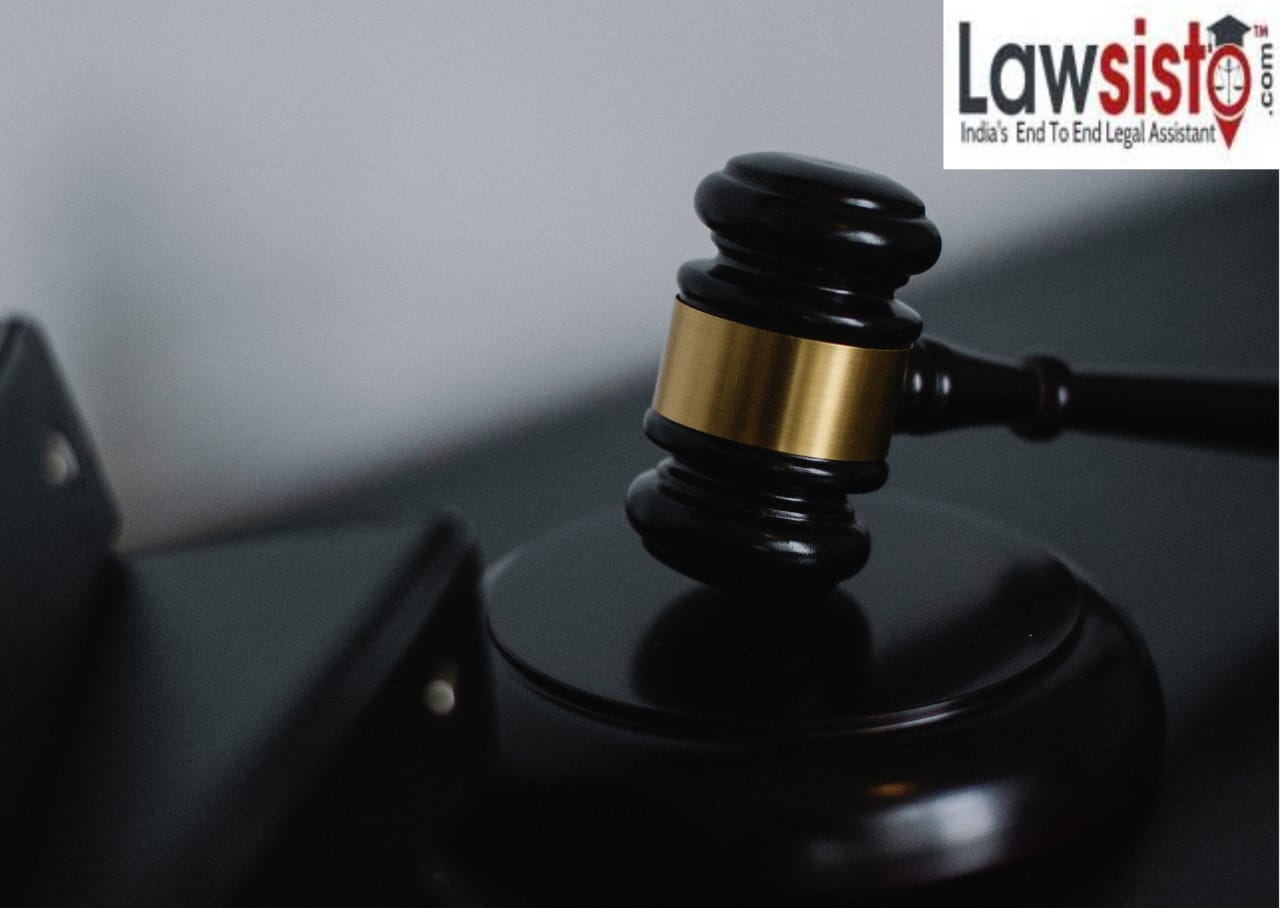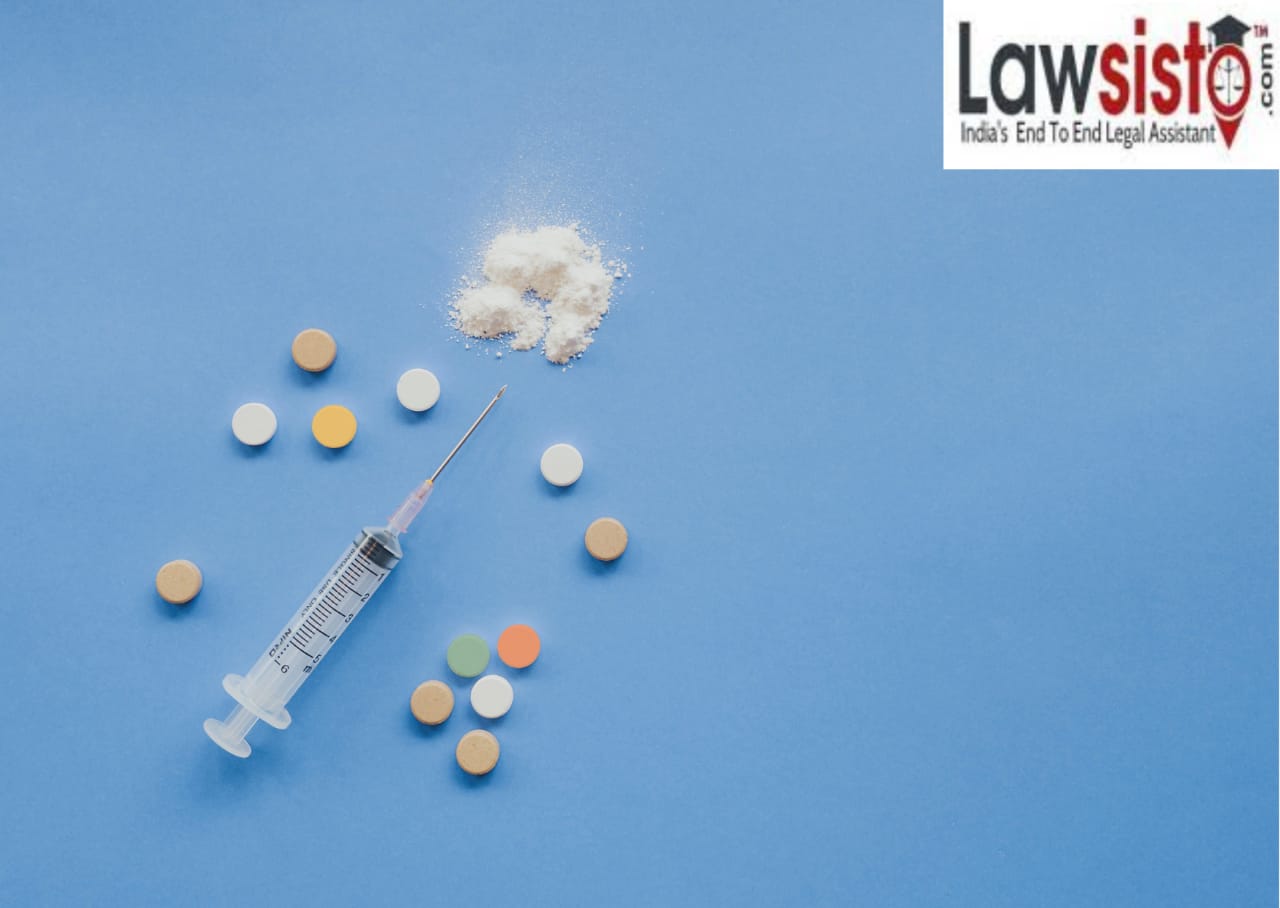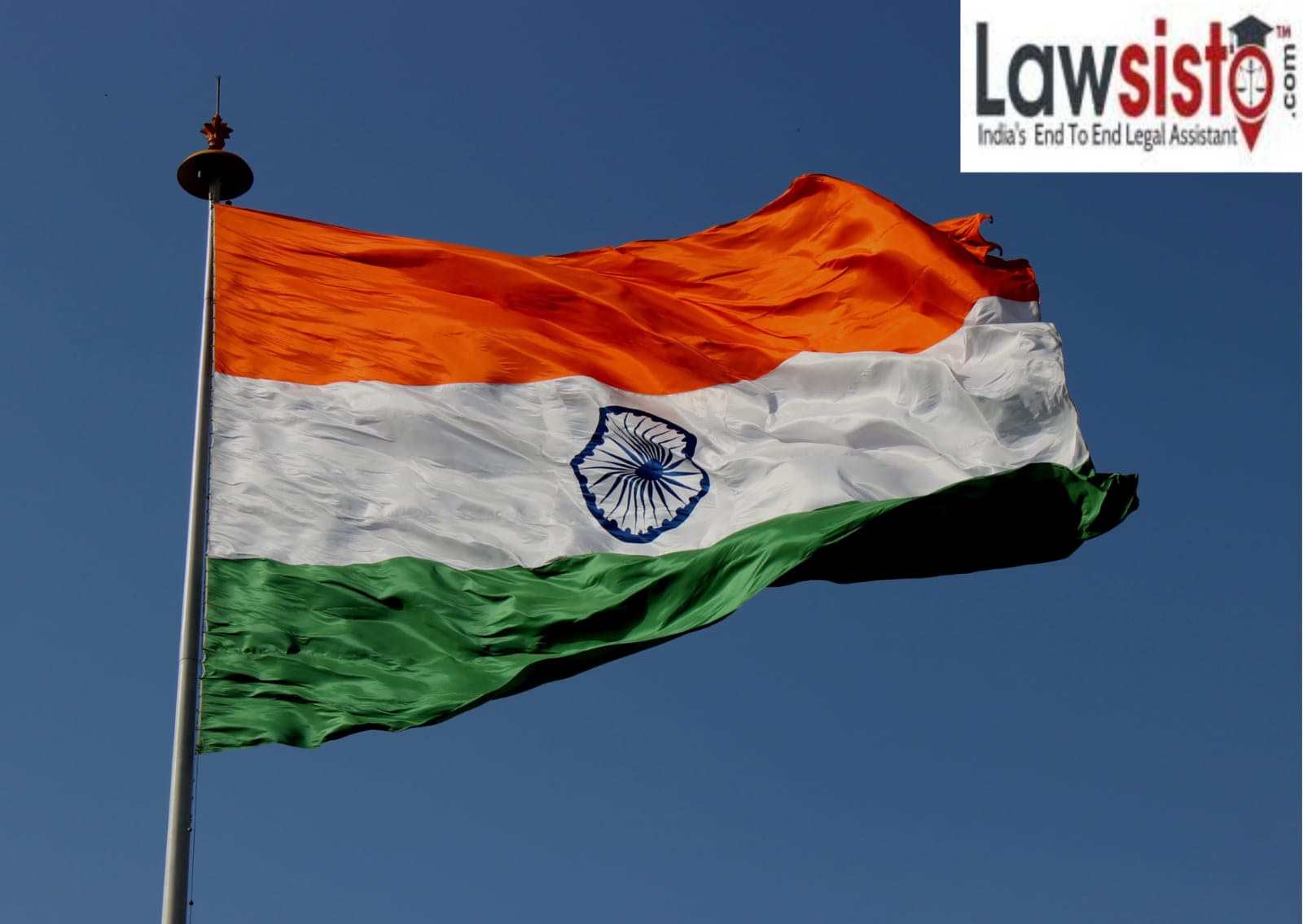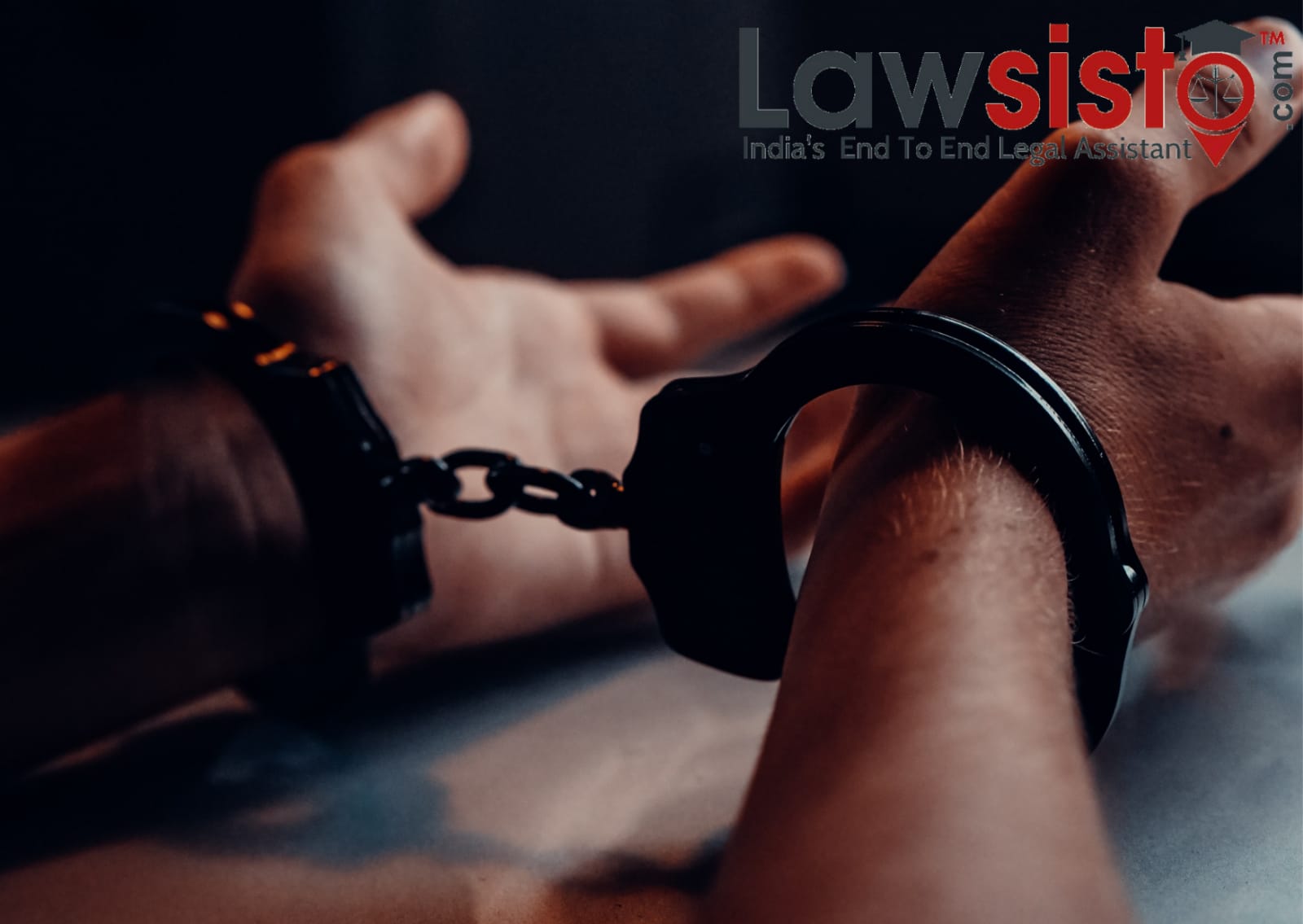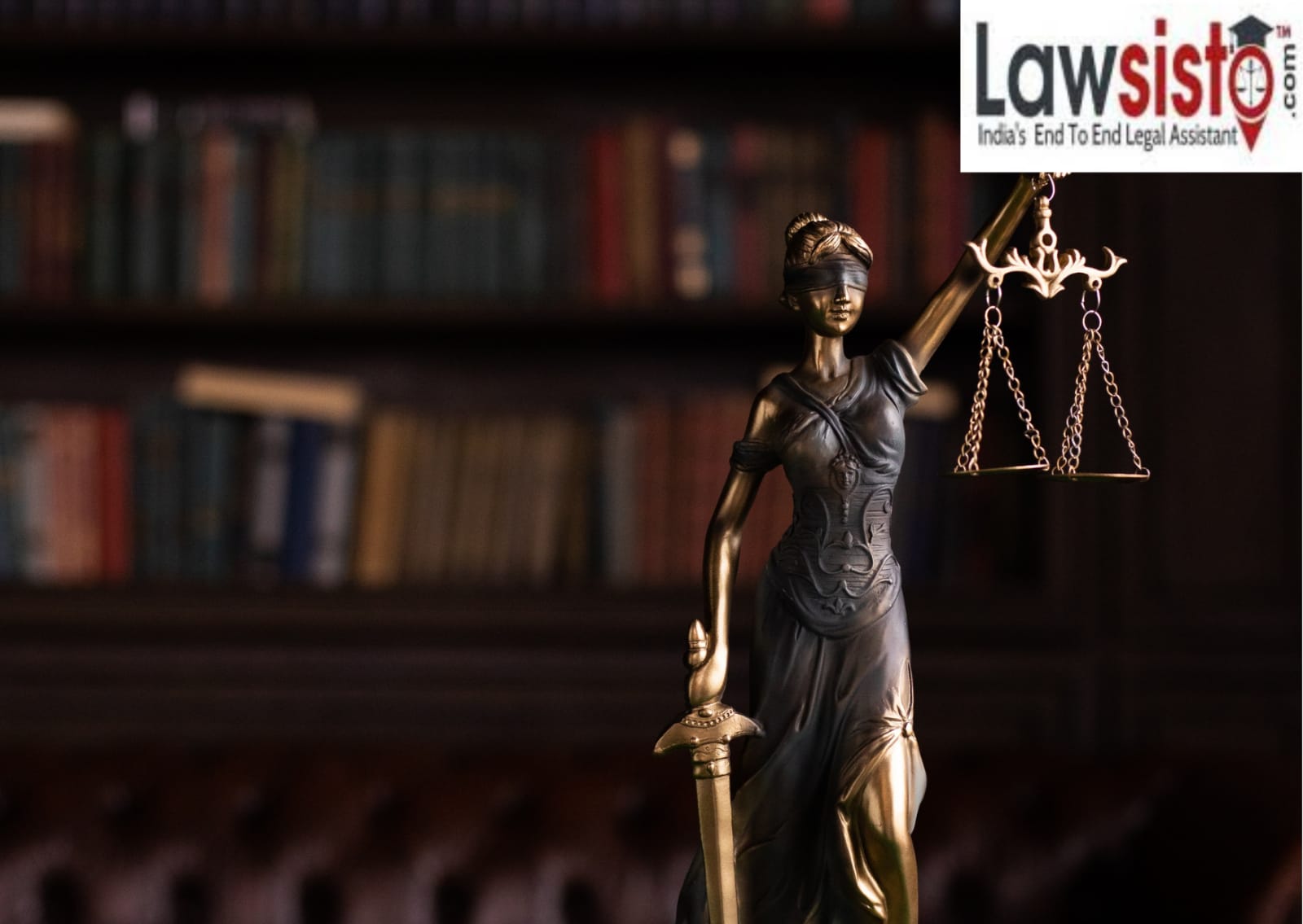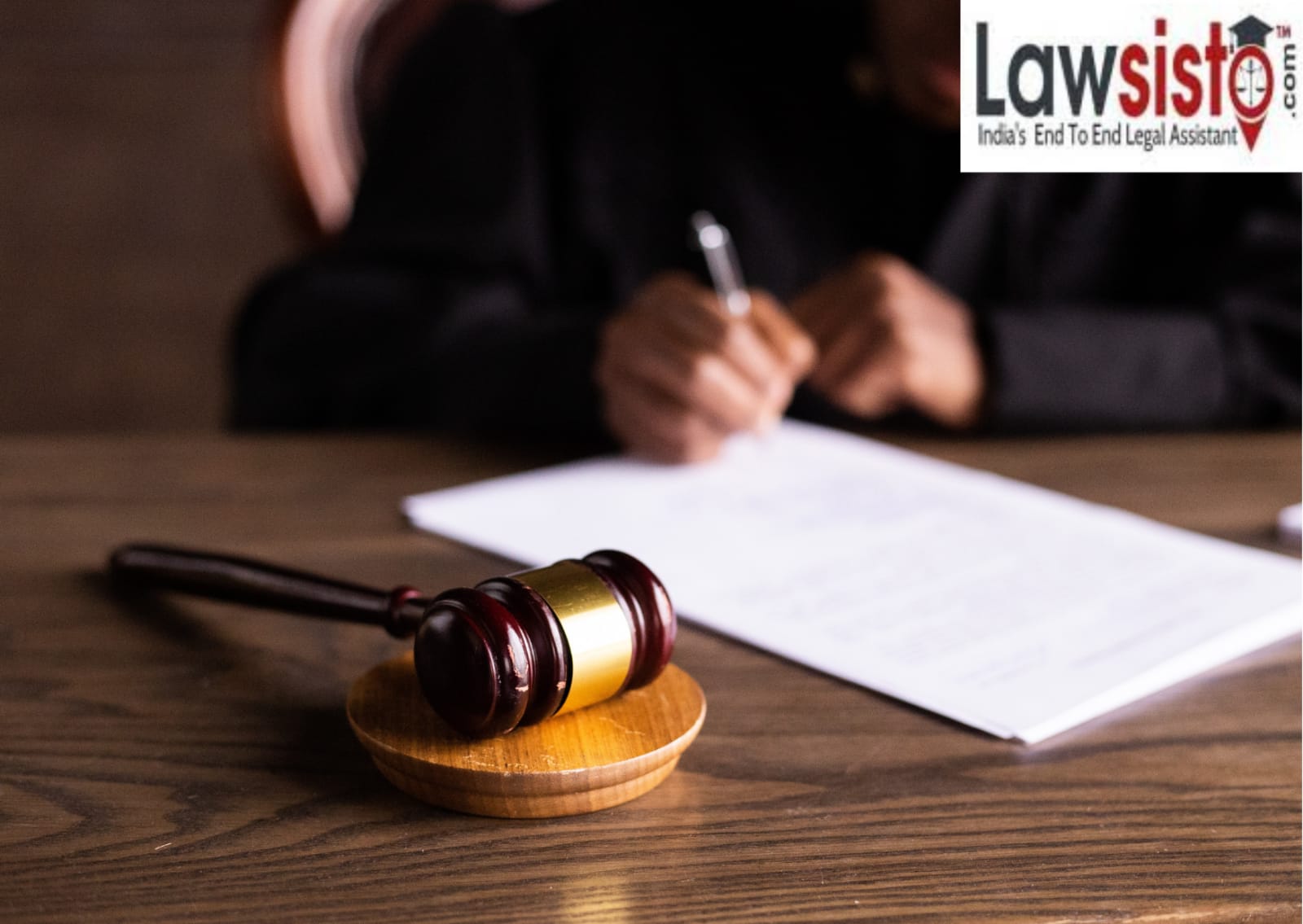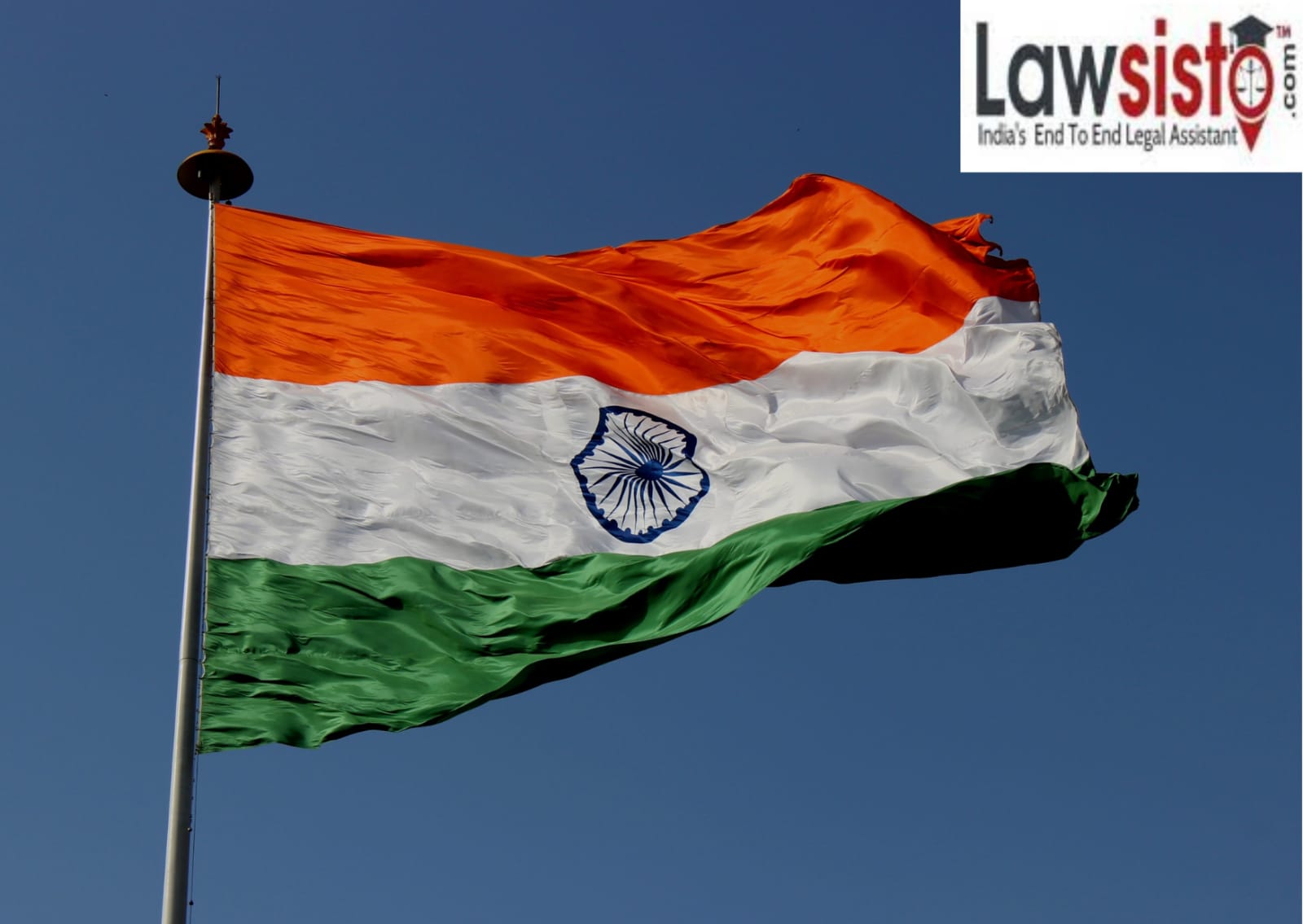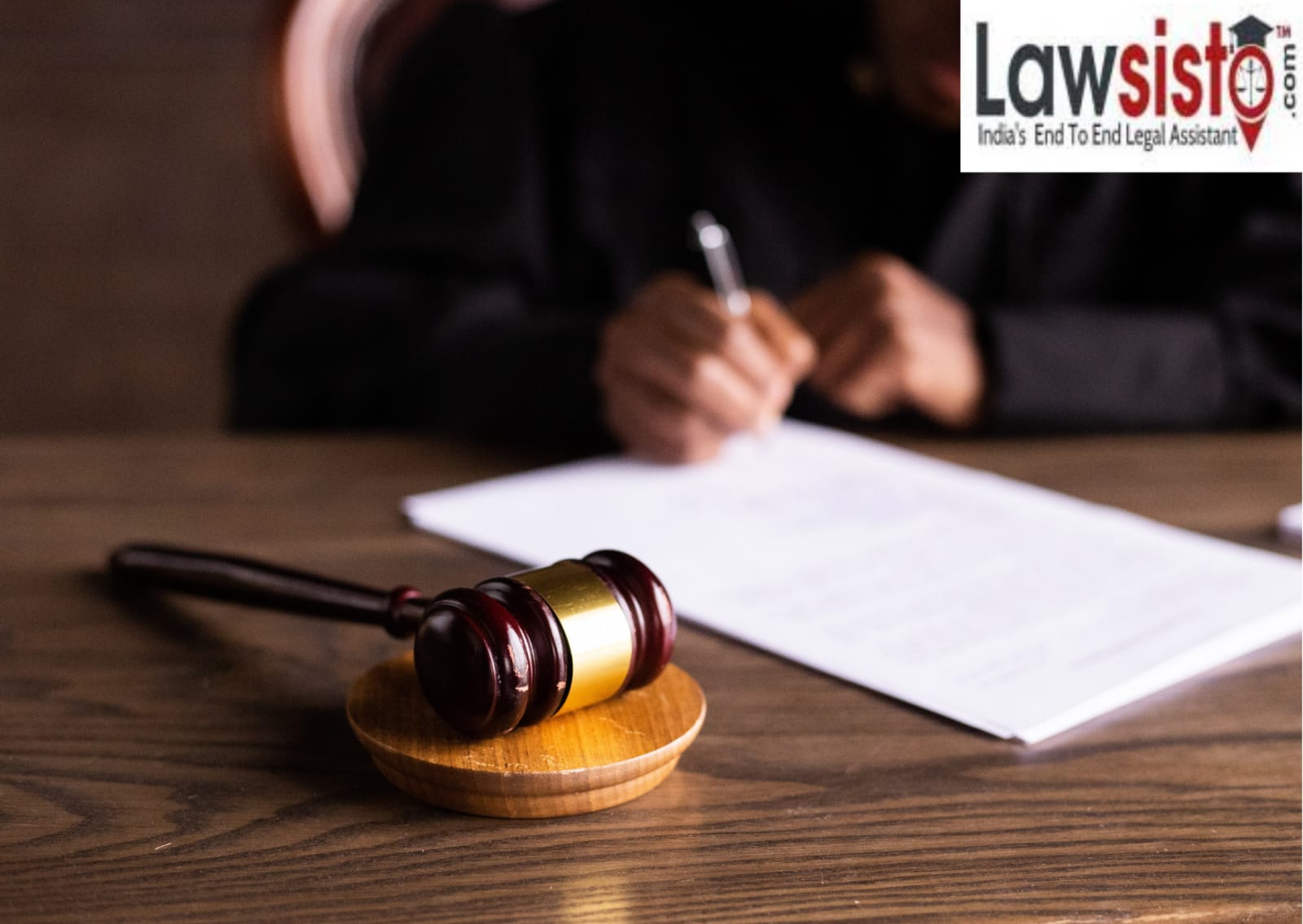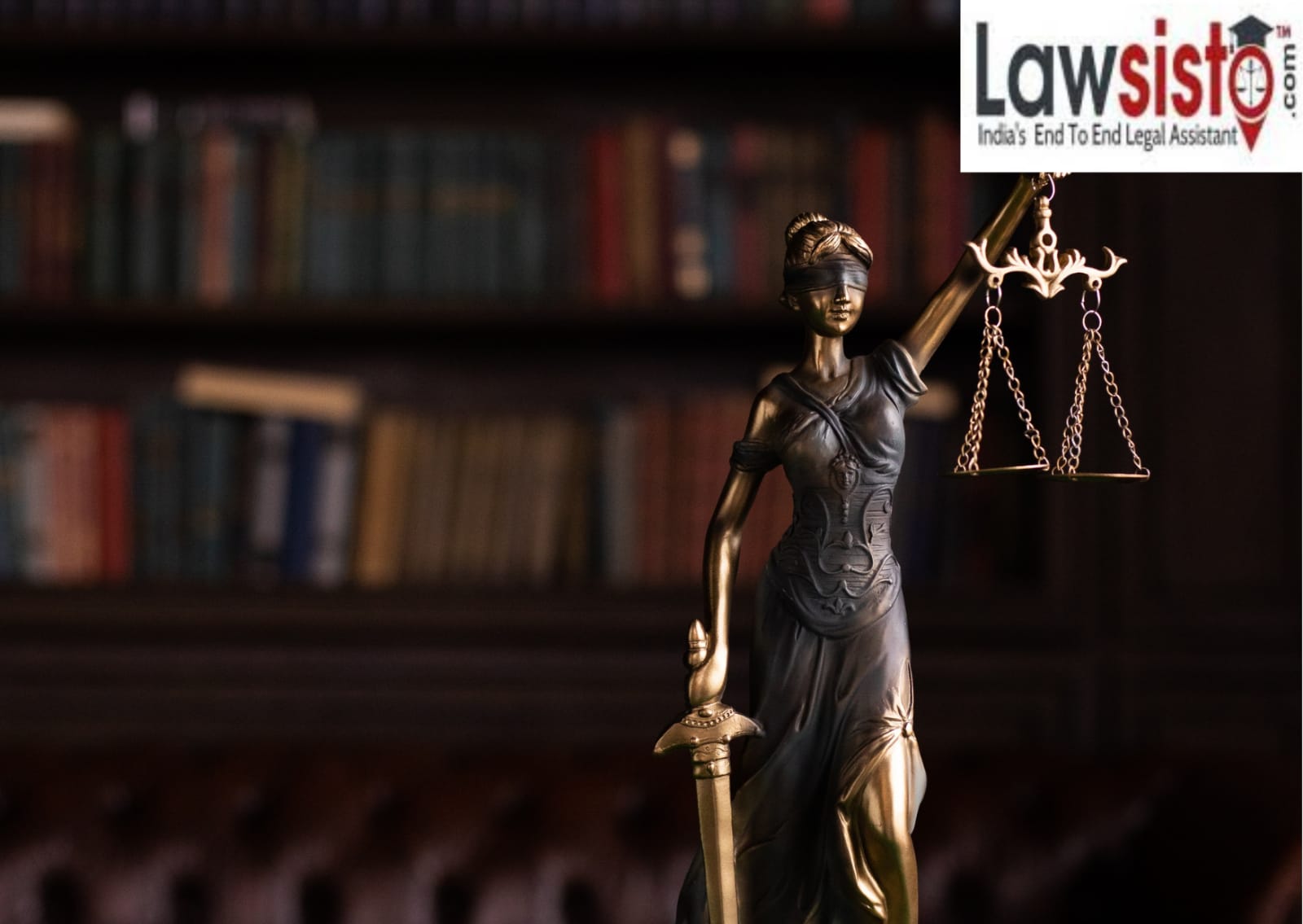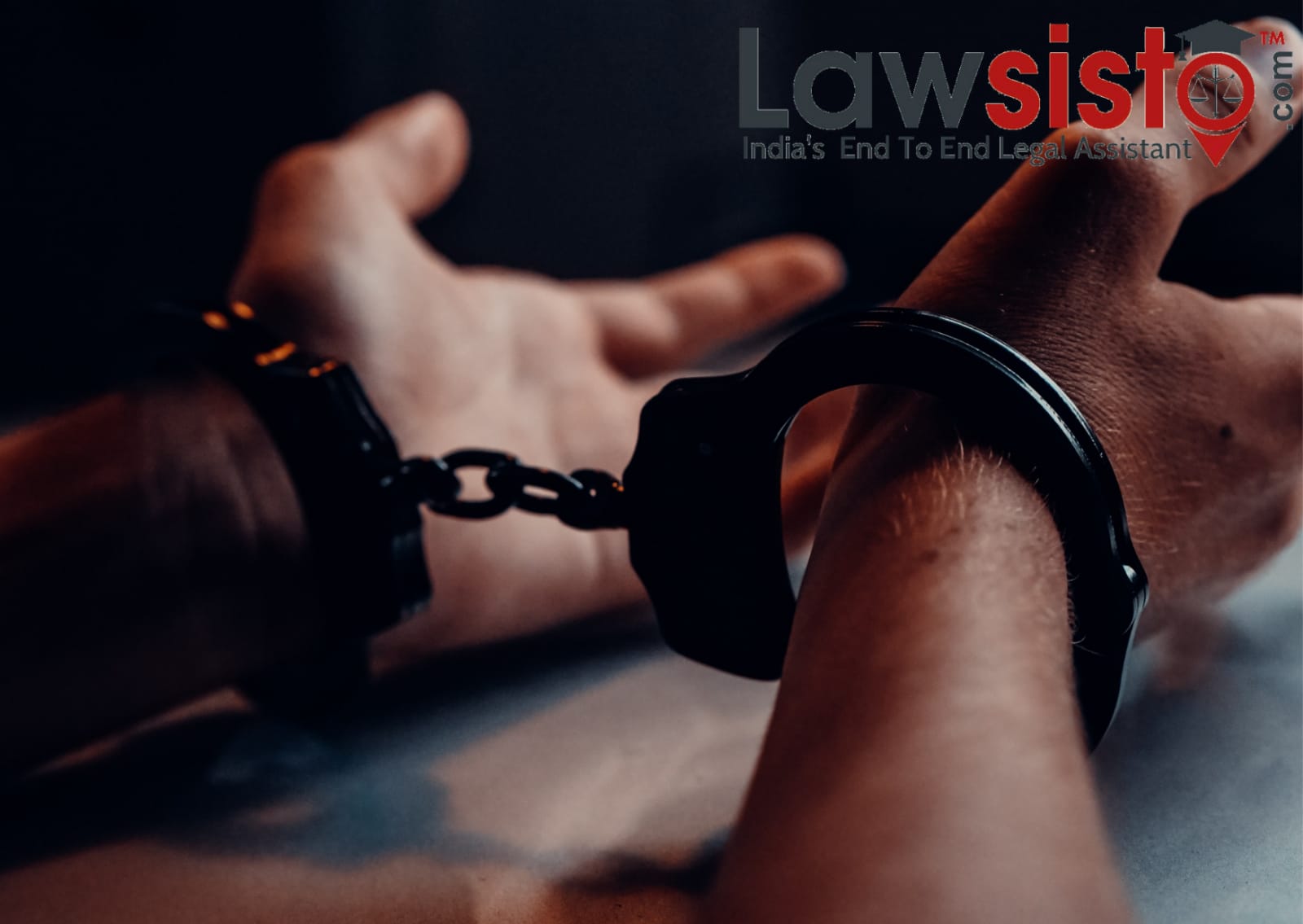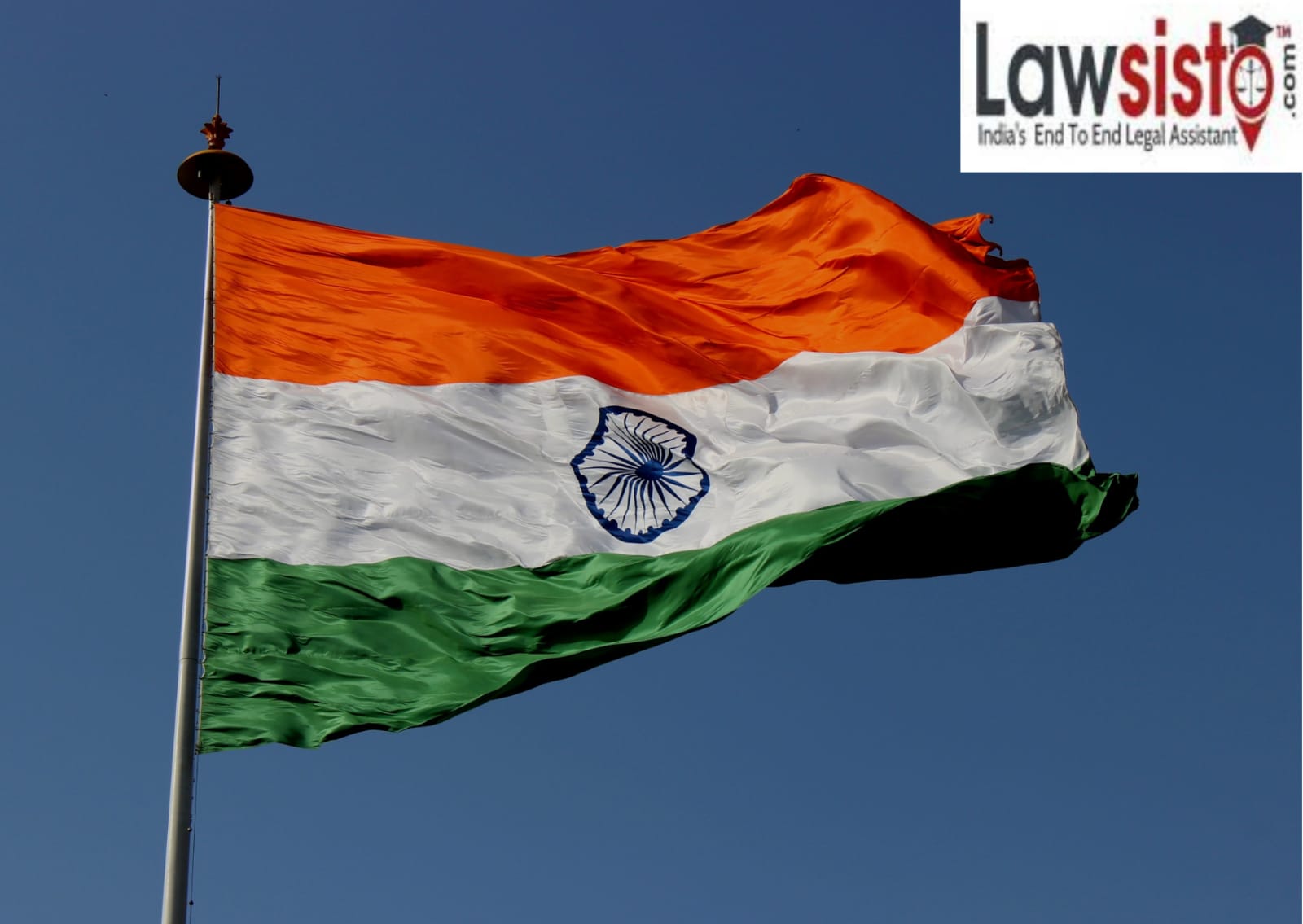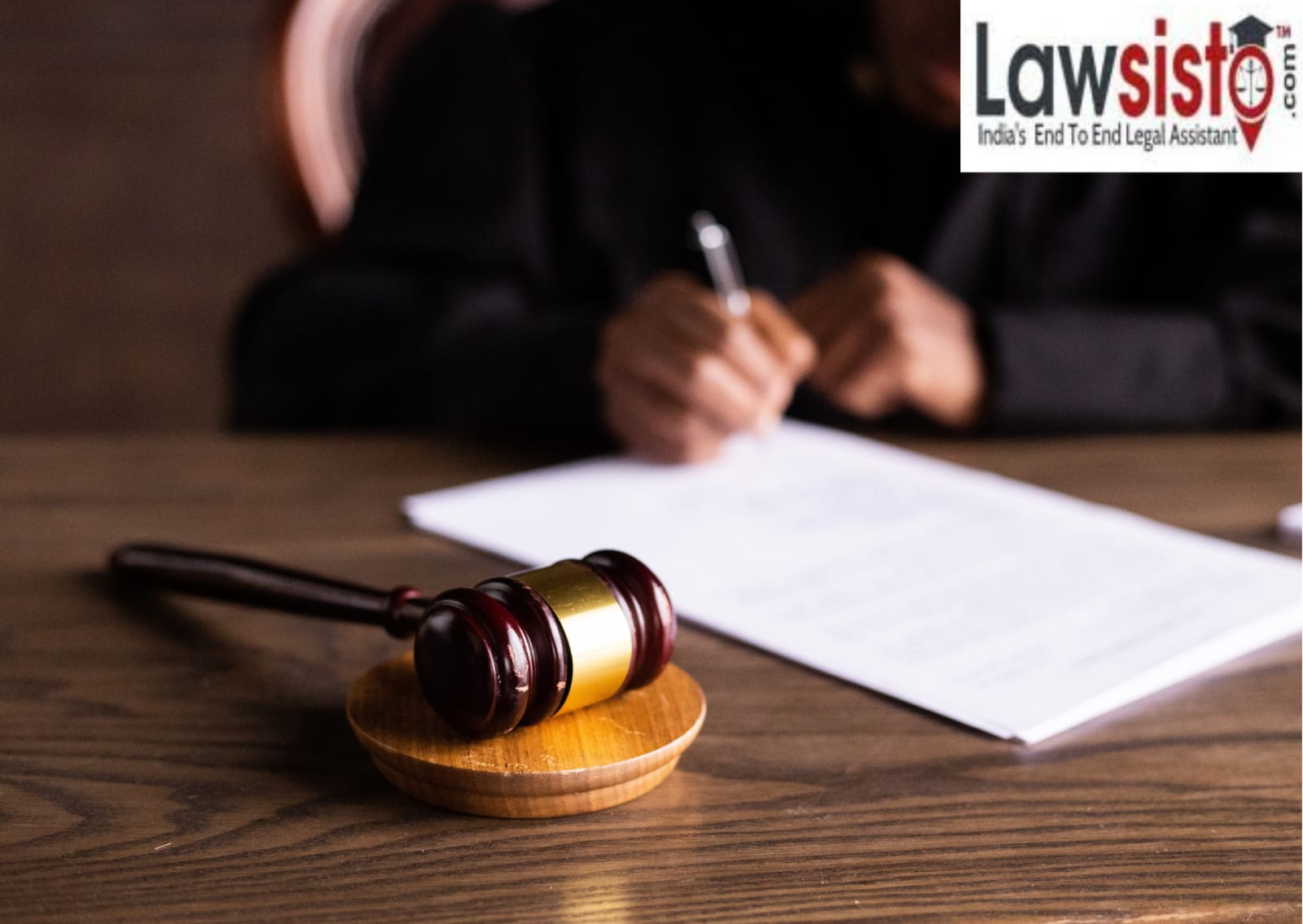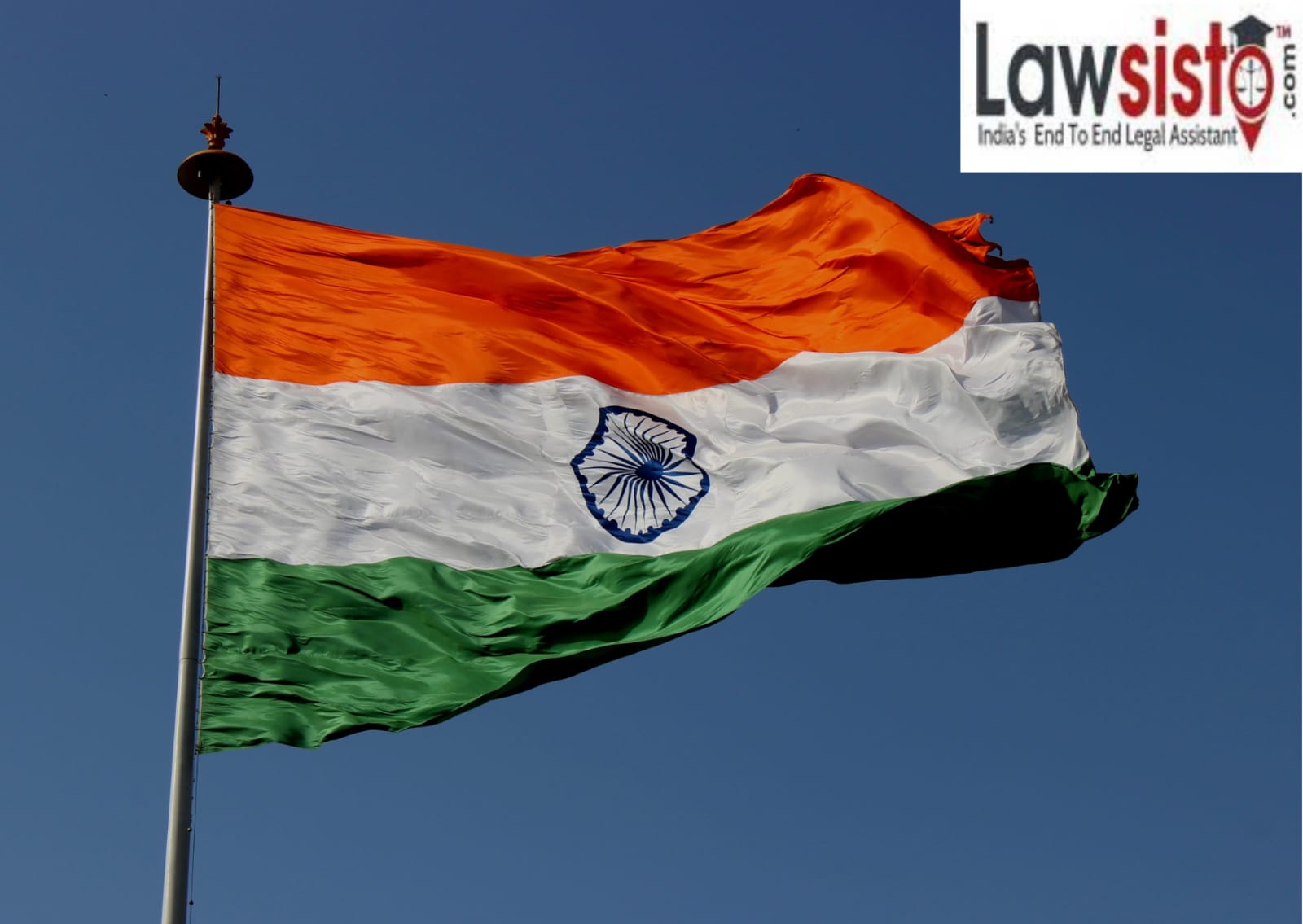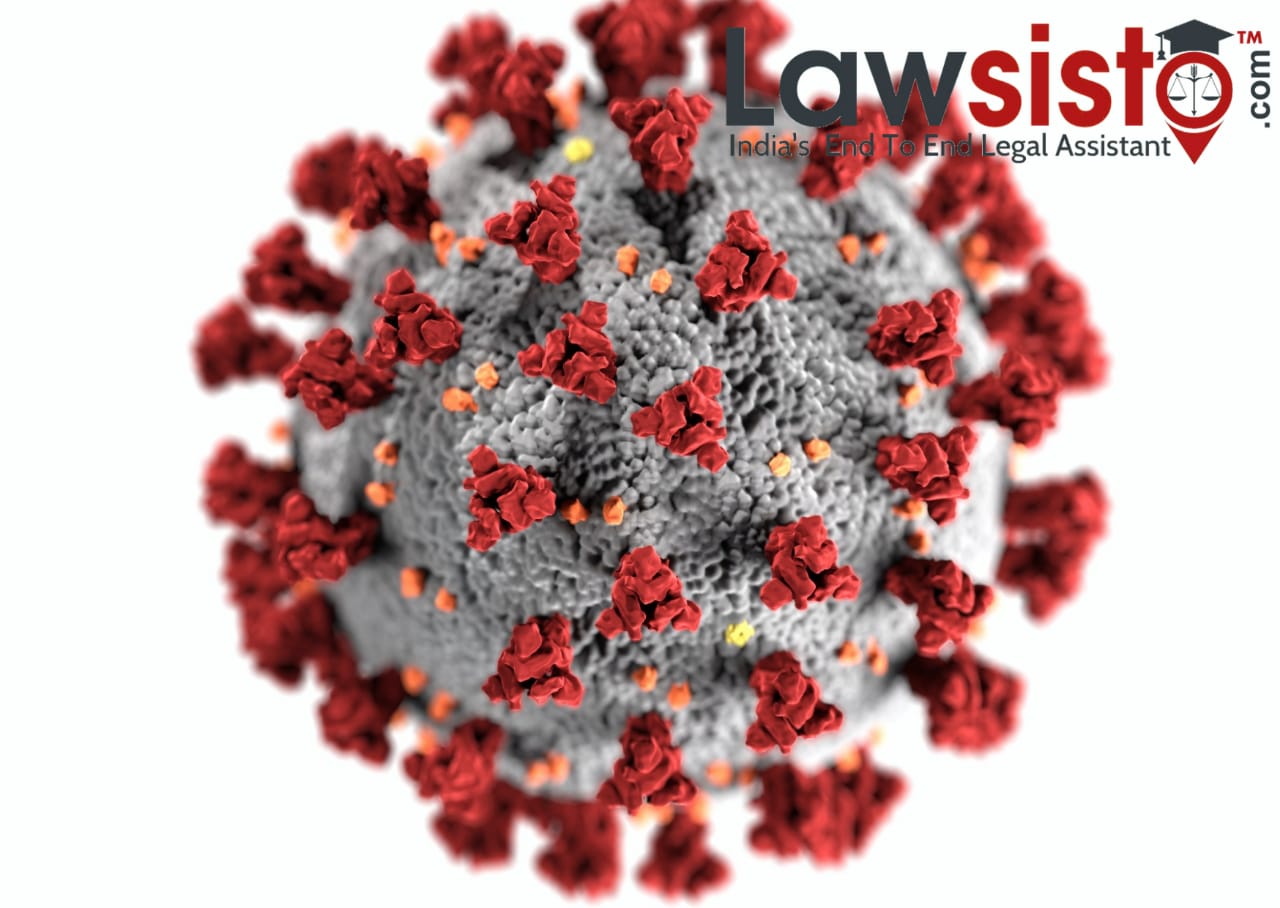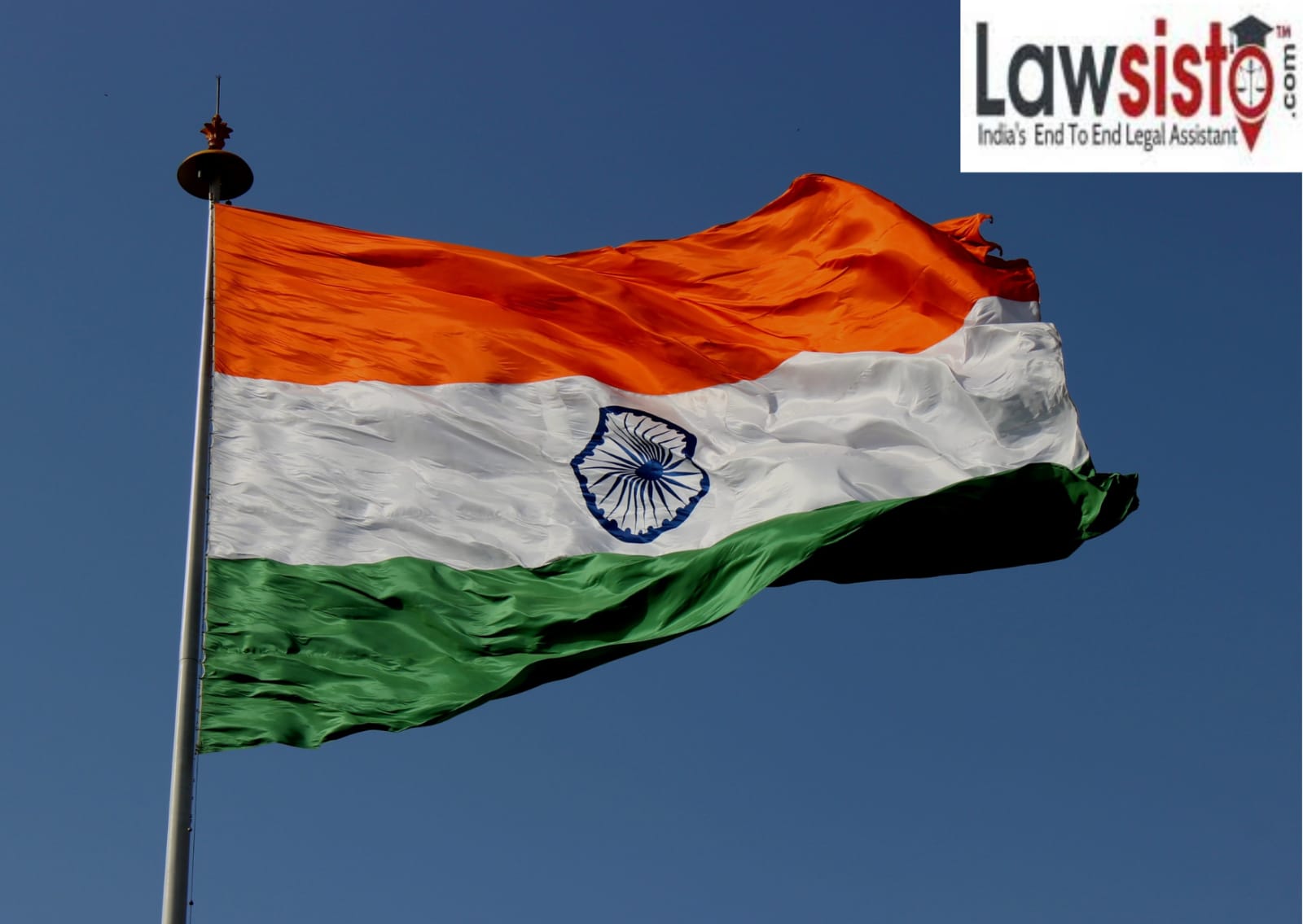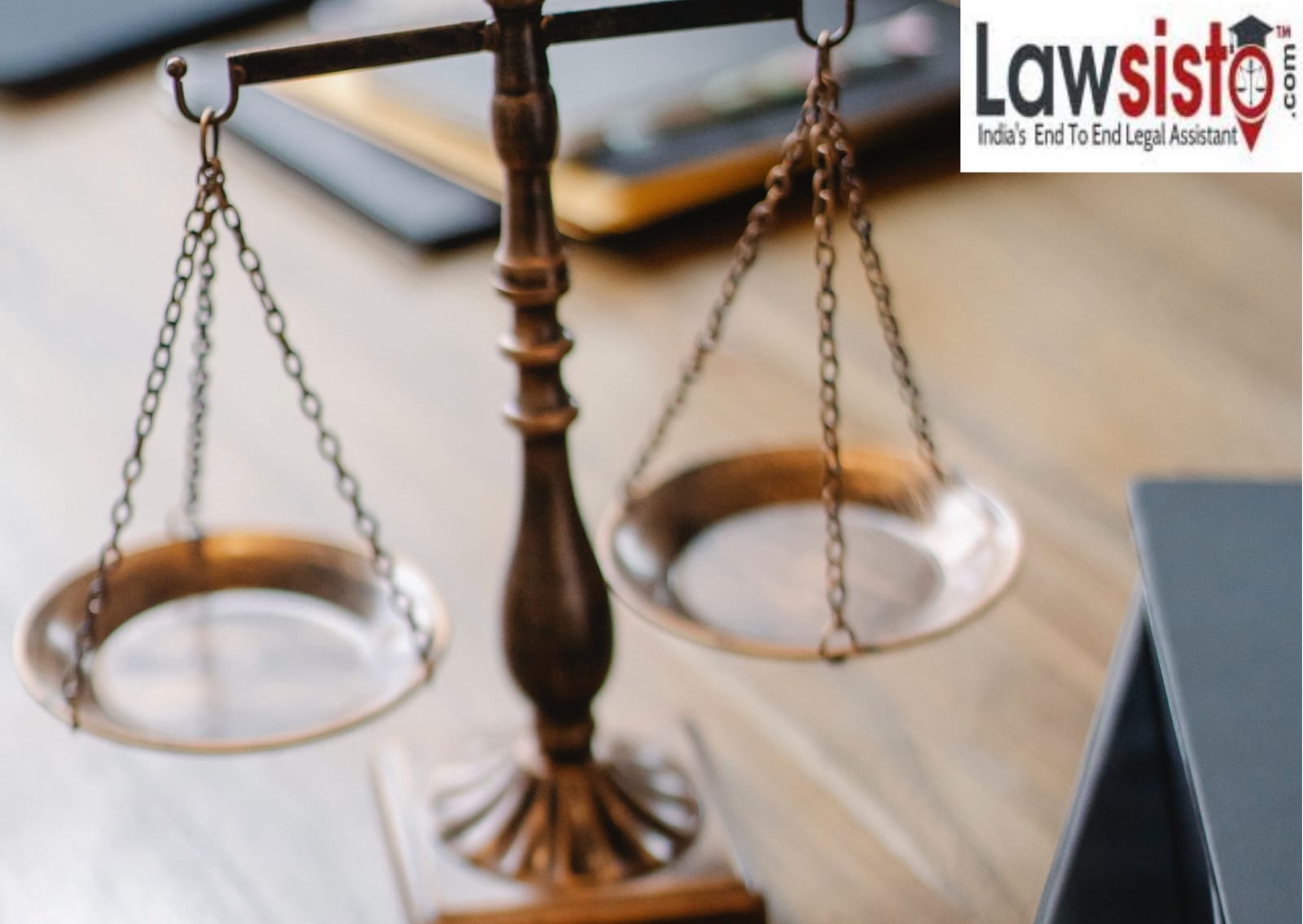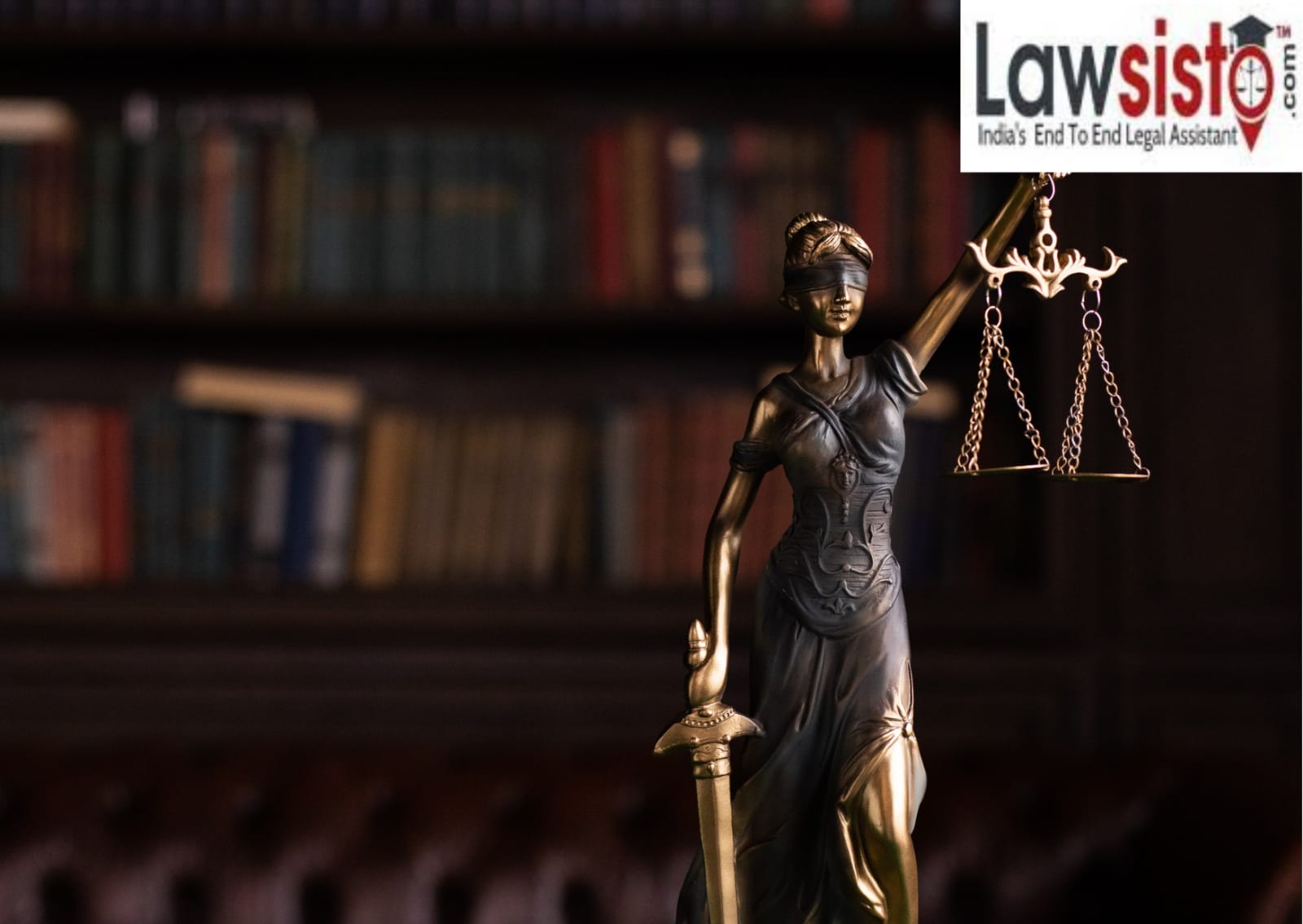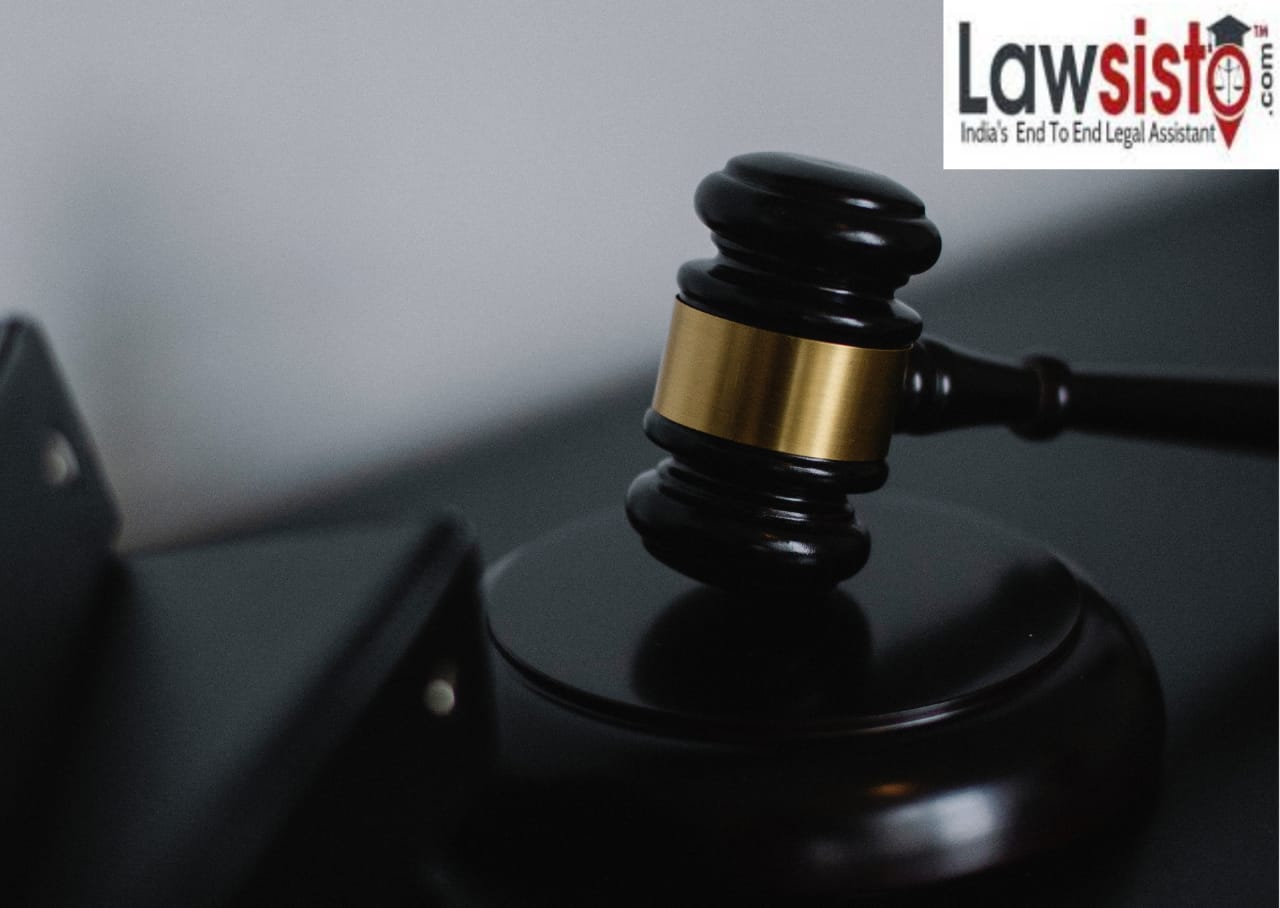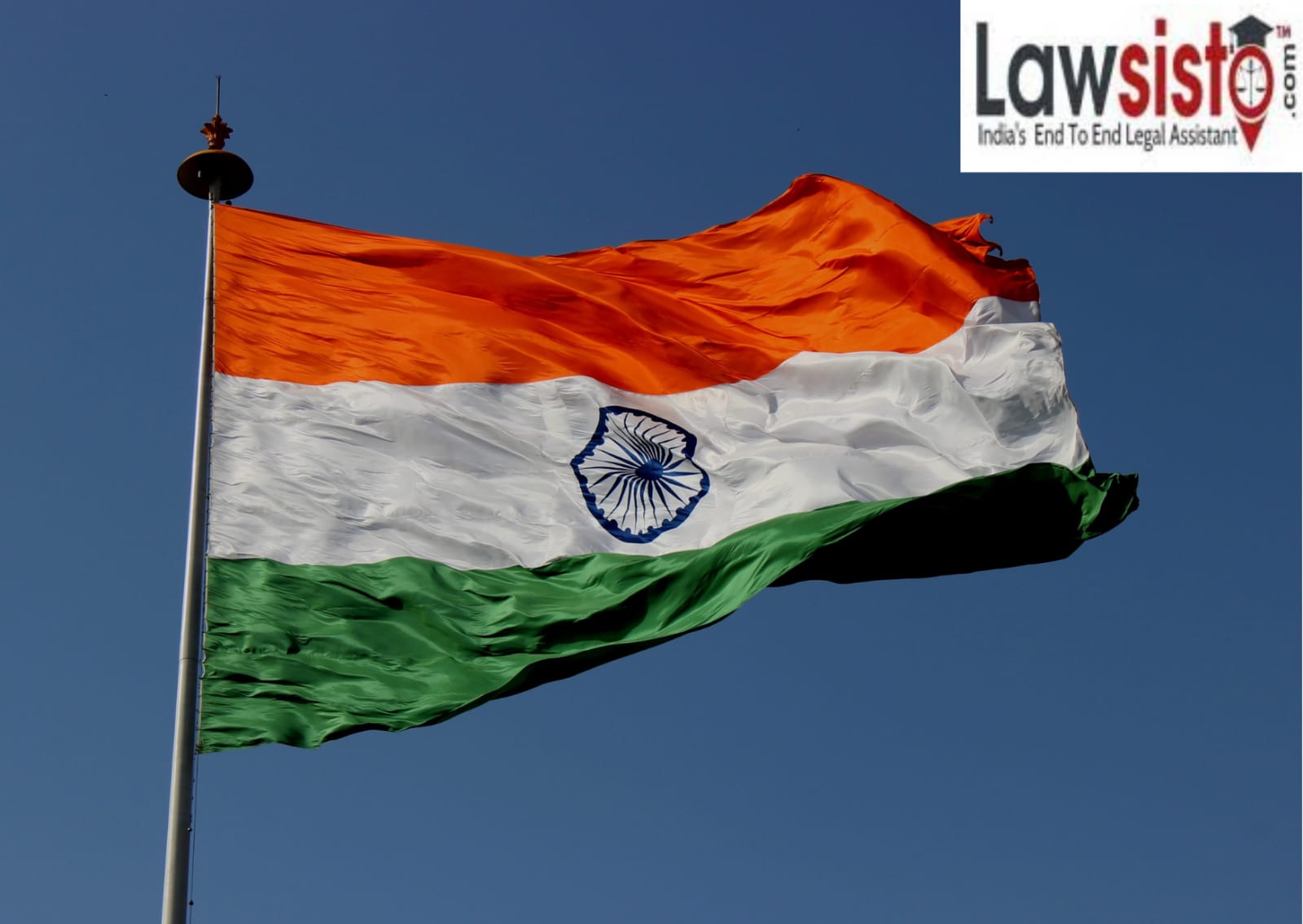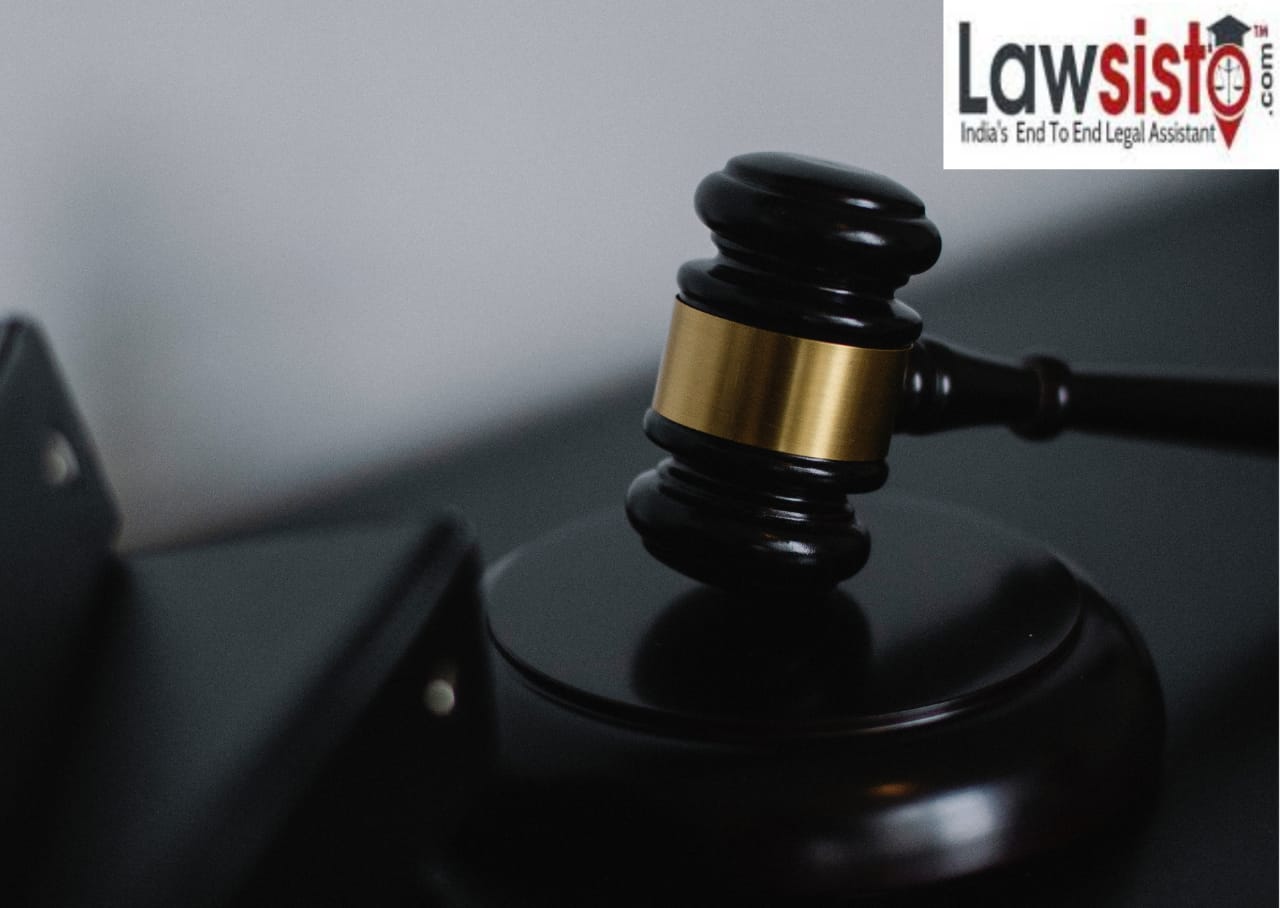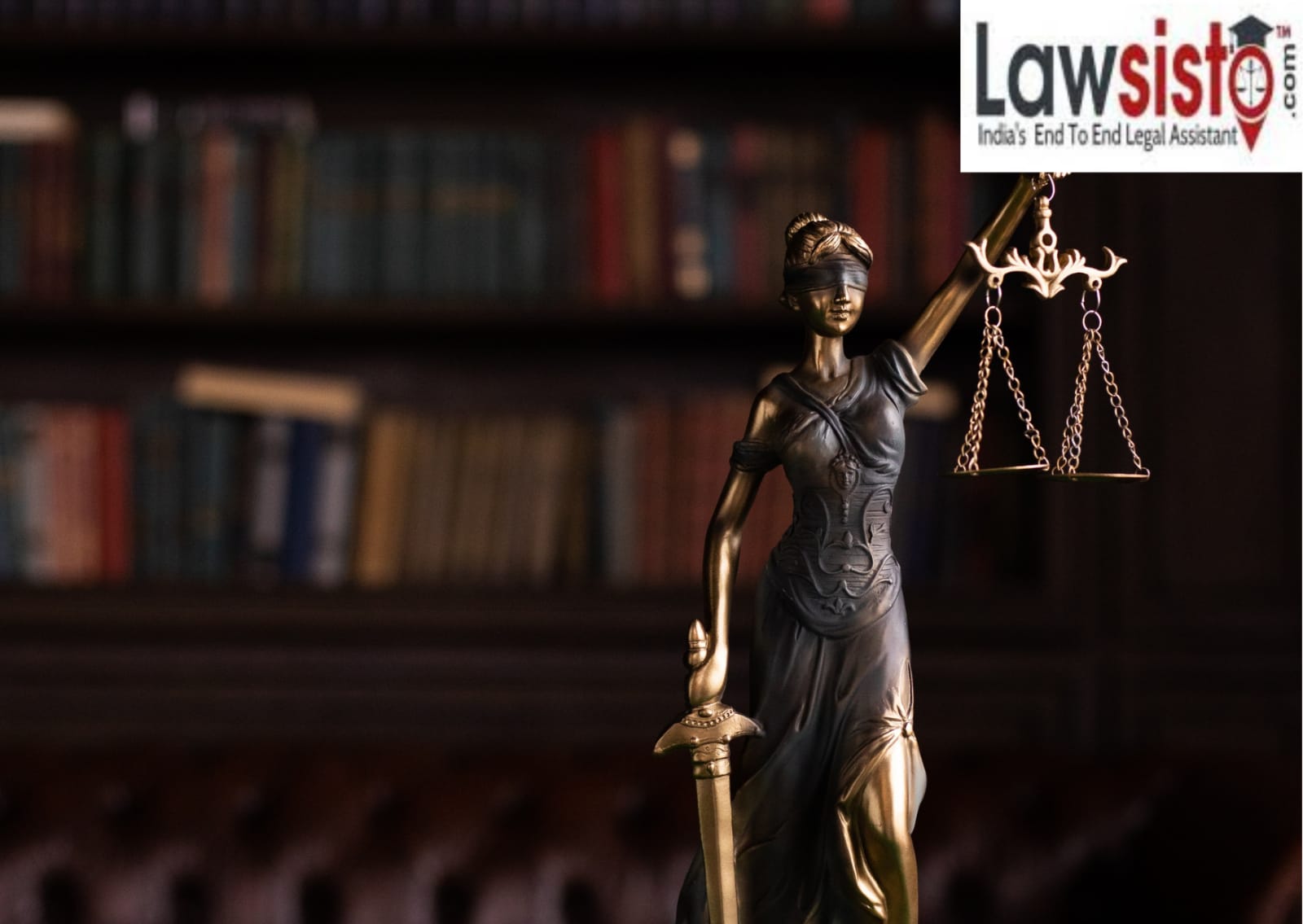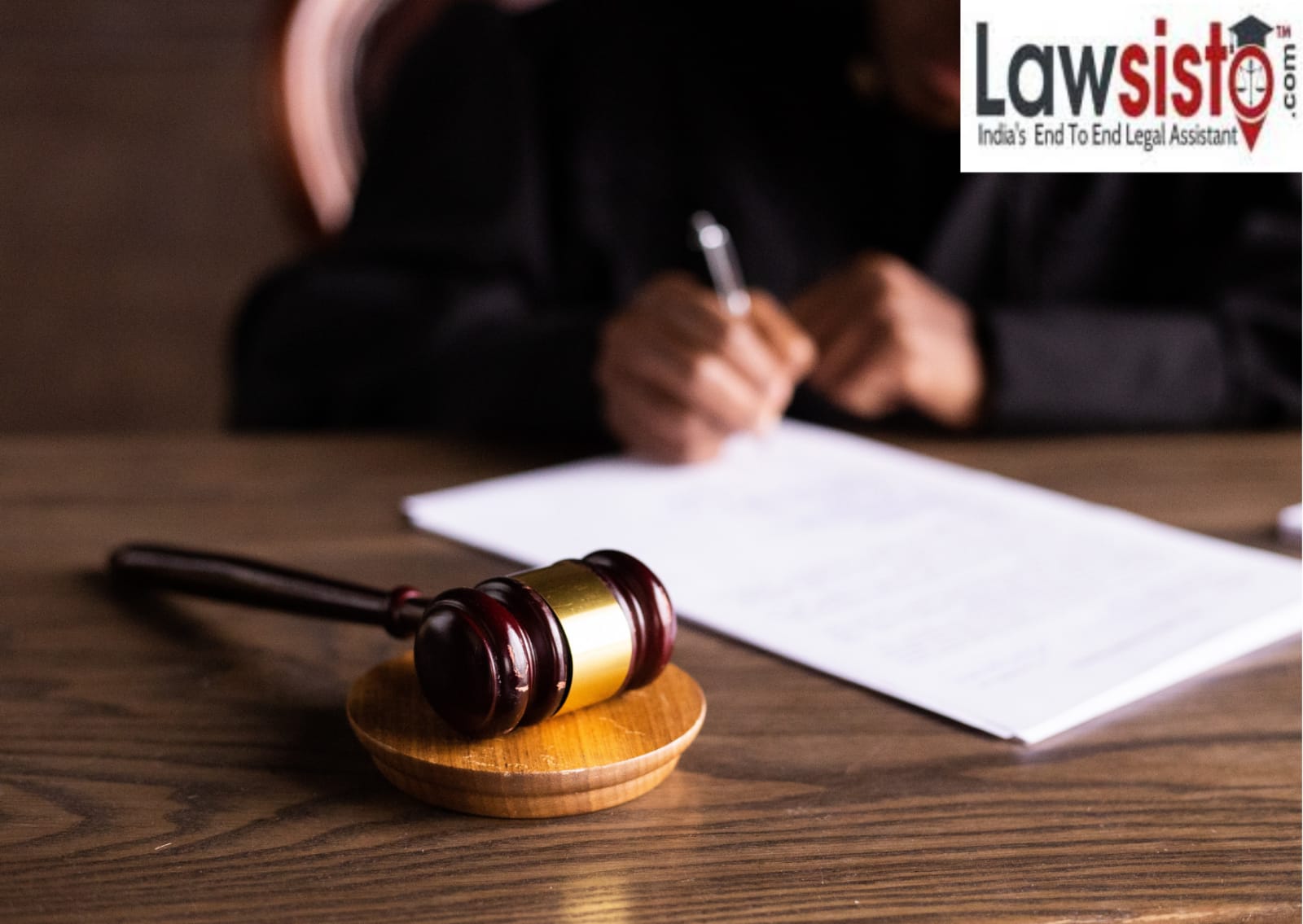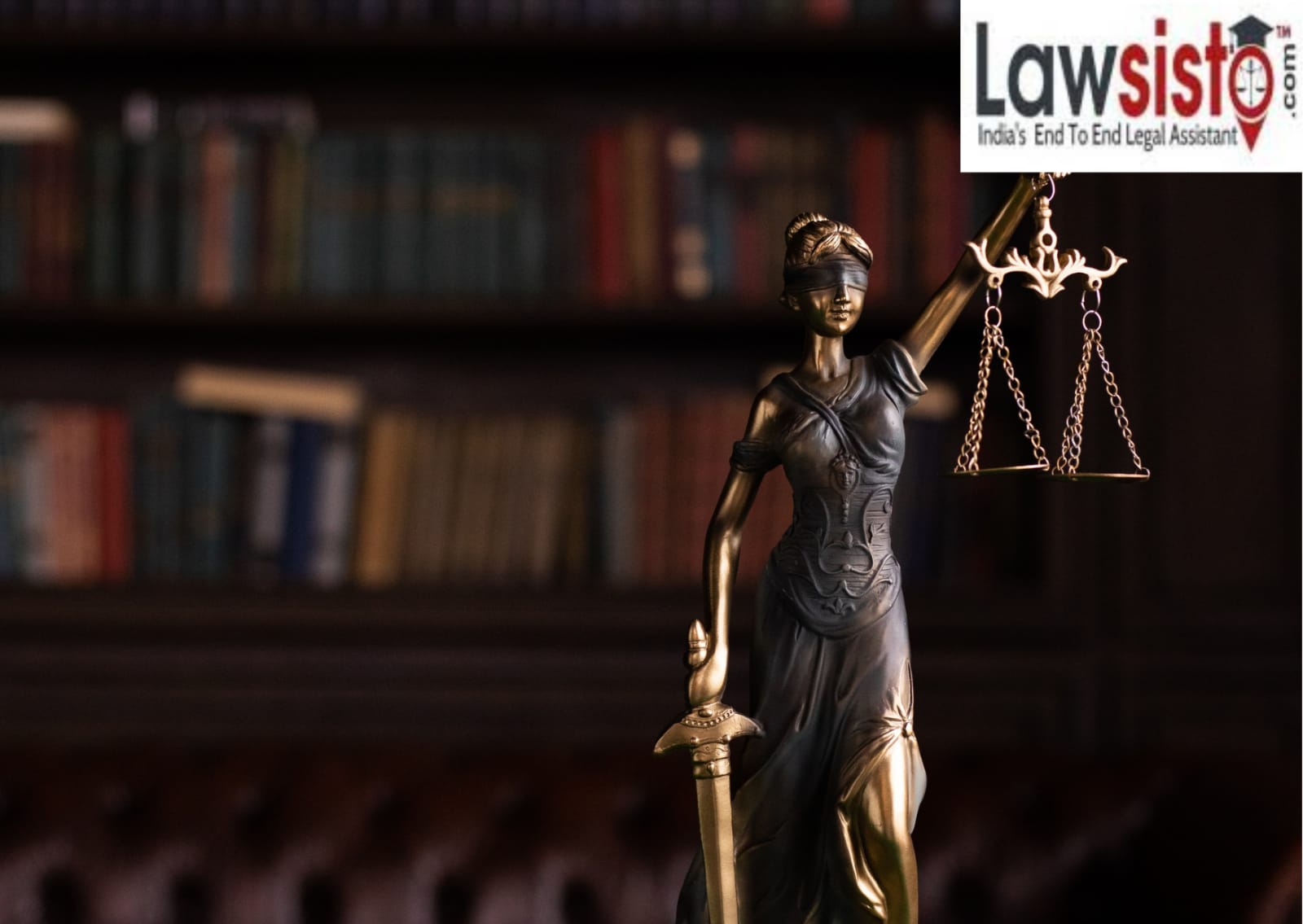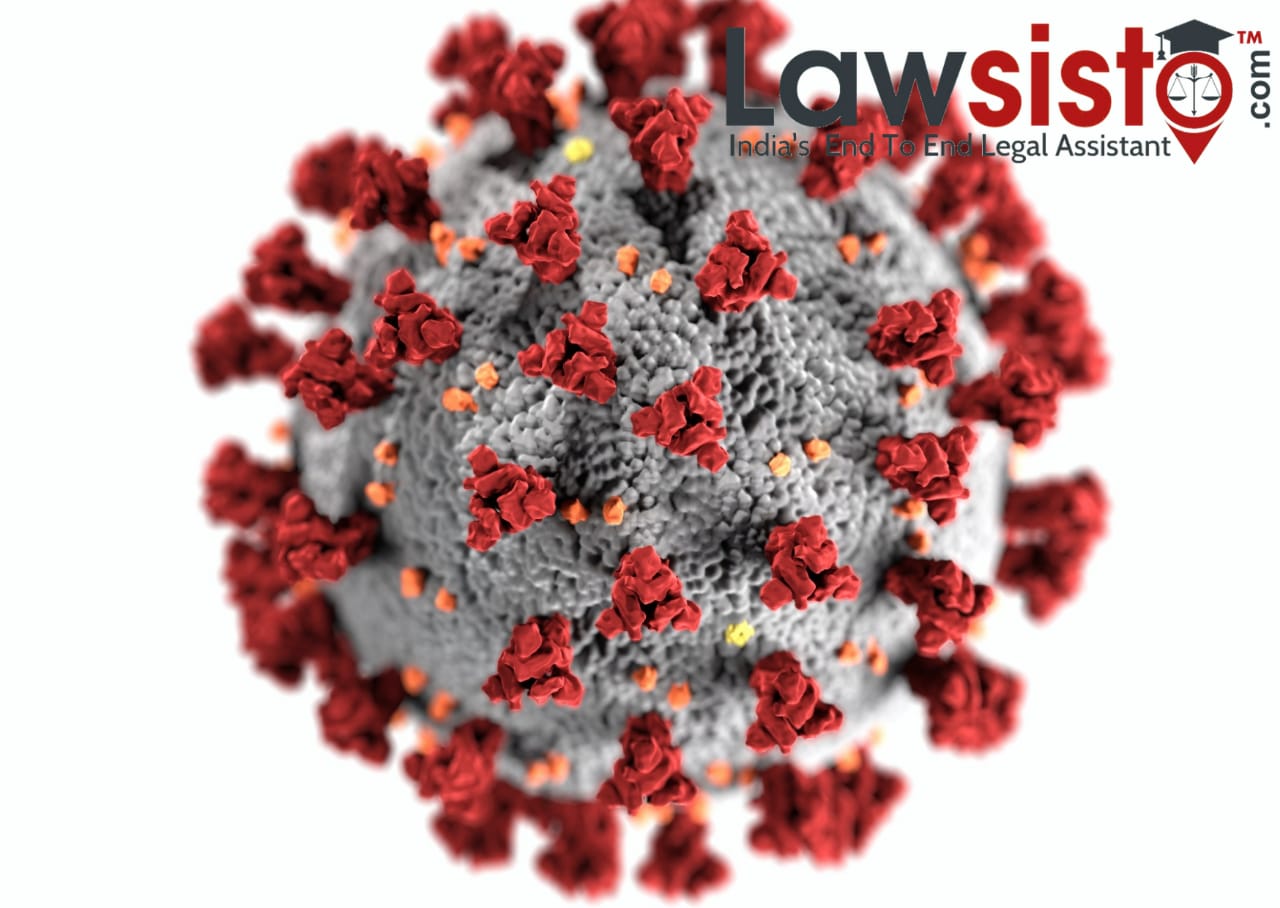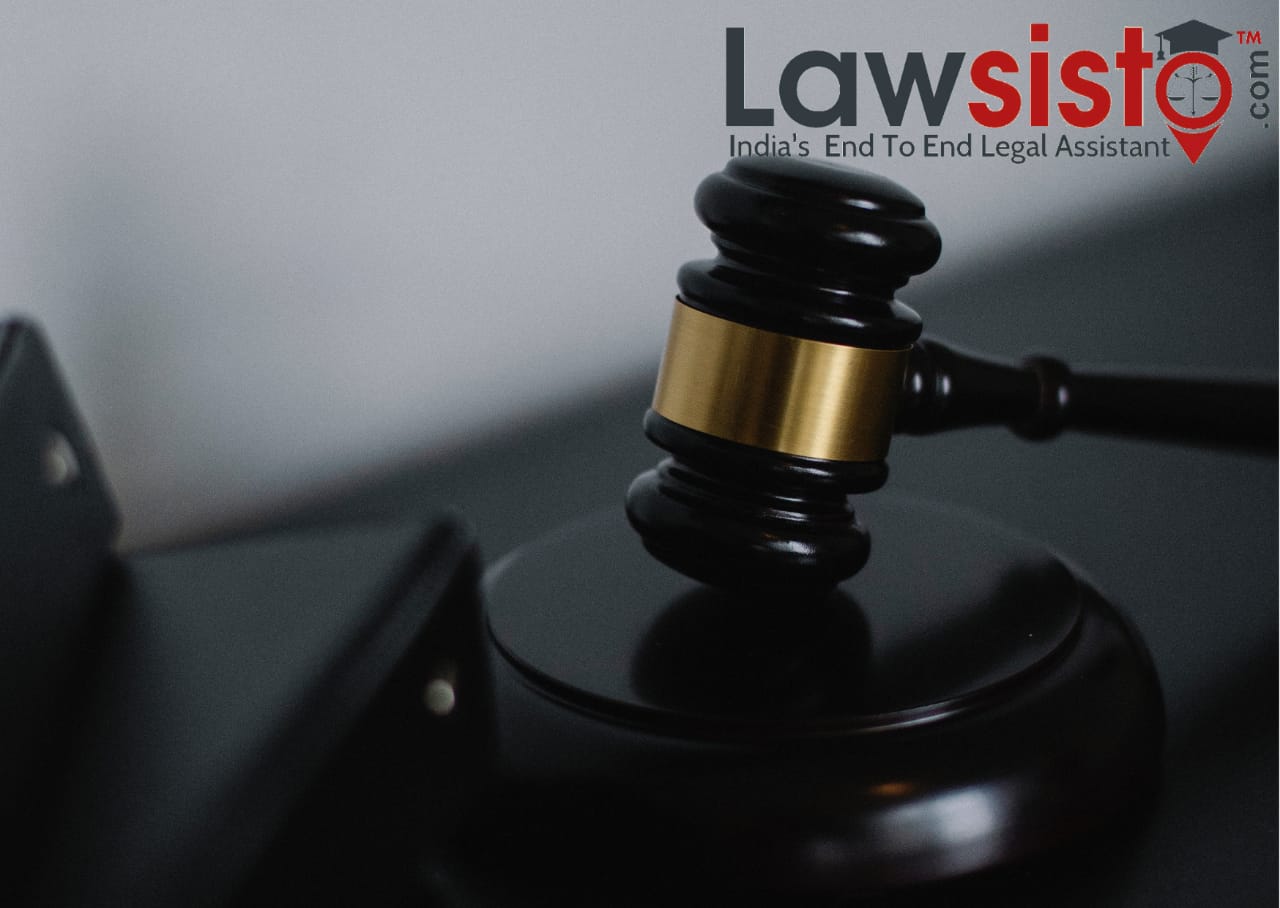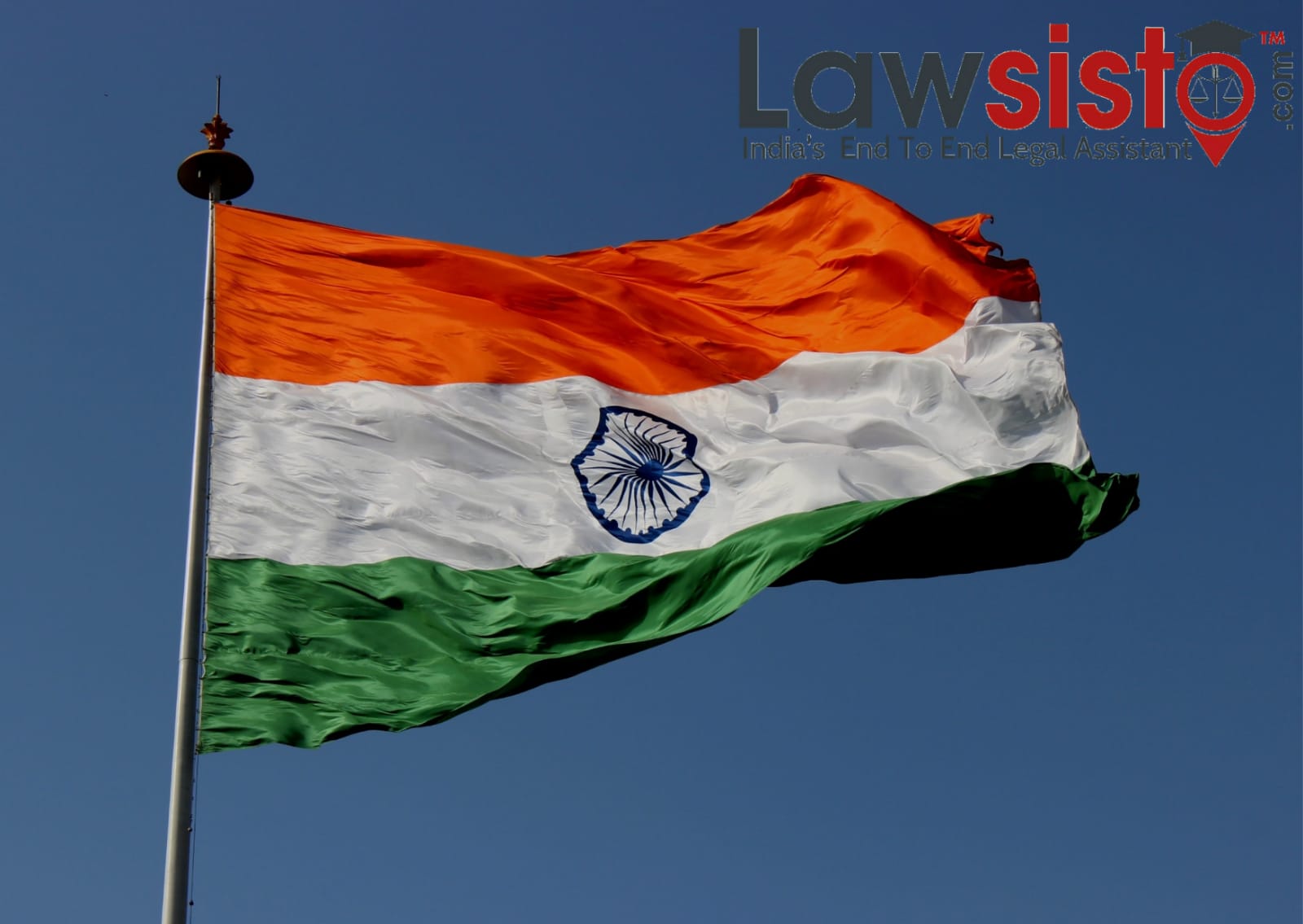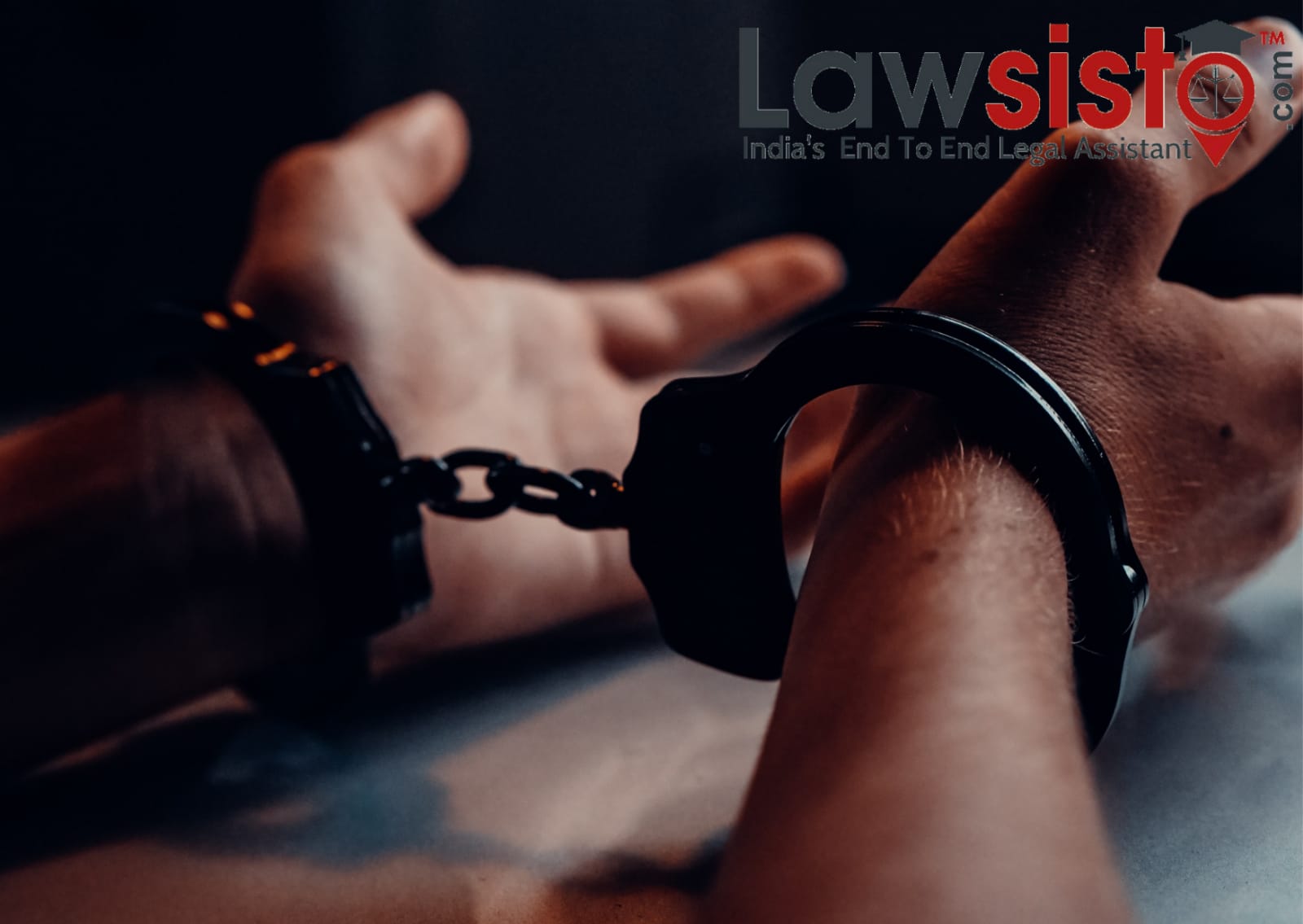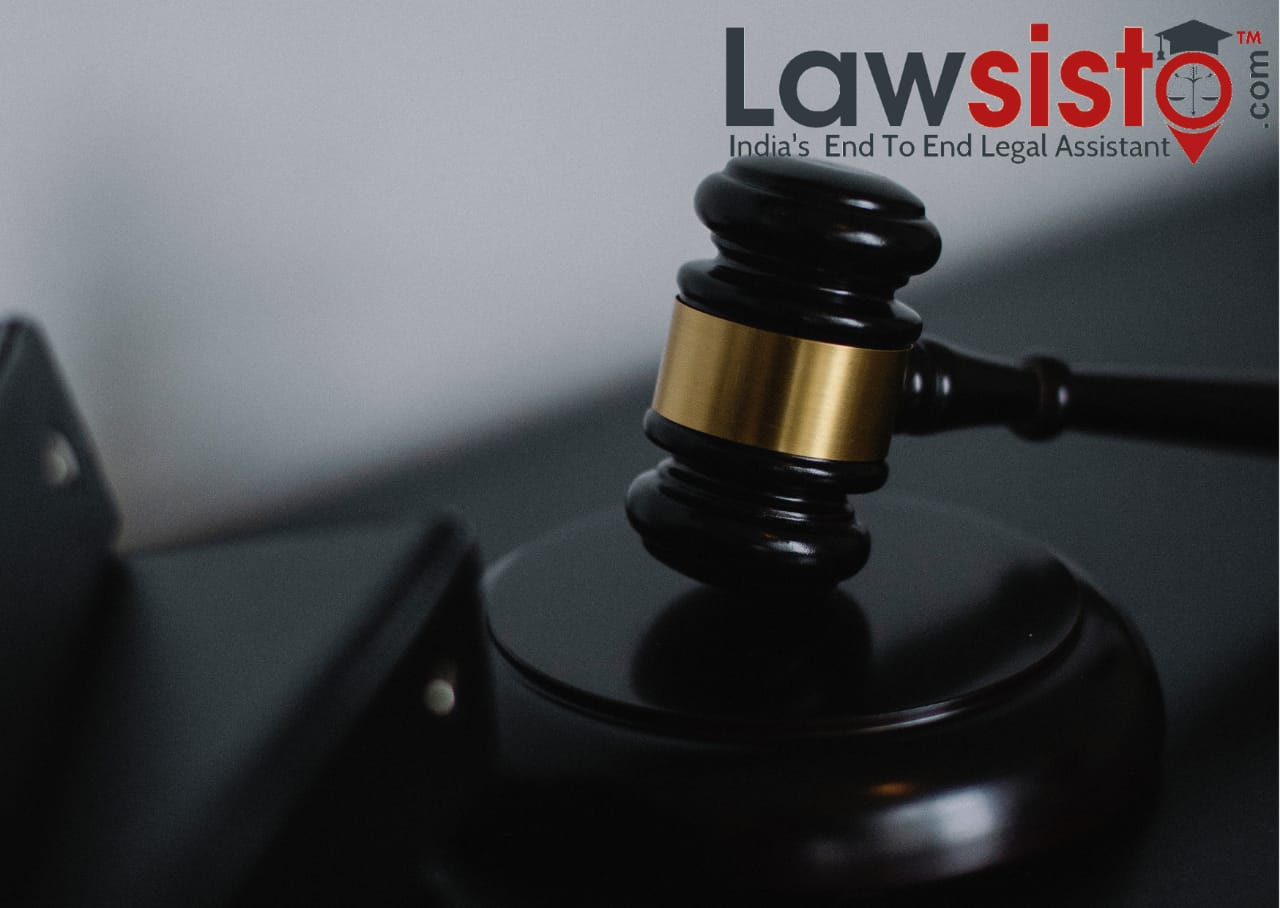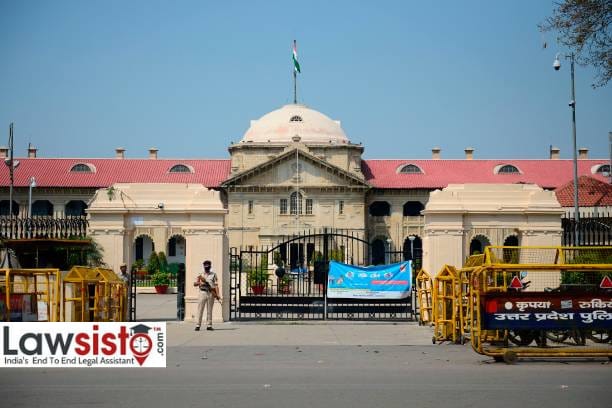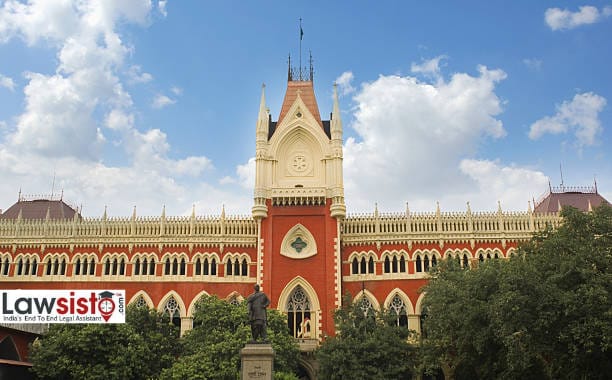Latest News
St. Stephen’s College v. University of Delhi, (1992)
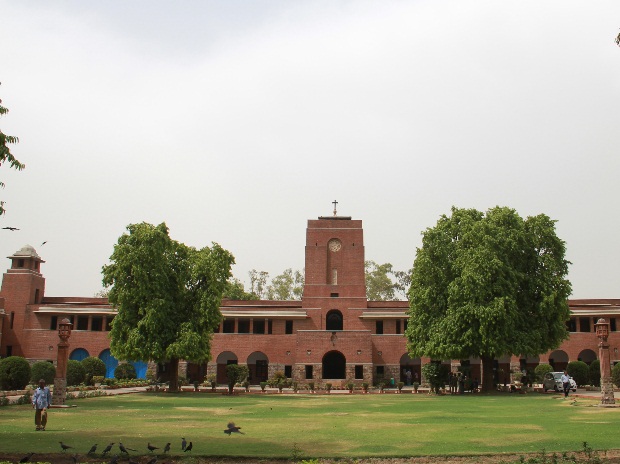
St. Stephen’s College v. University of Delhi, (1992)
Introduction
The provision of Article 30(1) doesn't anyway imply that the state can force no guidelines on the minority establishments. In the popular Kerala Education Bill[18], the Supreme Court has noticed: "The privilege presented on the strict and etymological minorities to regulate instructive foundations of their decision isn't an outright right". It must be perused with the administrative intensity of the state. Guidelines which don't influence the substance of the ensured rights, however, guarantee the greatness of the foundations and its legitimate working in issues instructive, are admissible
St. Stephen’s College v. University of Delhi, (1992) 1 SCC 558: AIR 1992 SC 1630: 1991 Supp (3) SCR 121
Facts of case
For this situation, the legitimacy of the confirmation program and the inclination given to Christian understudies (10% booking for them) by the school was tested as violative of Delhi University round for affirmation of B.A. also, B.Com. courses. St. Stephen's College is subsidiary to Delhi University for the scholarly year 1980-81. The school distributed an affirmation outline which buries alia gave that there would be talk with before definite choice for admission to the school. On June 5, 1980, the University gave a roundabout to all partnered schools giving a project of confirmation. On June 9, 1980, the University gave another roundabout to all schools expressing that admission to B.A. courses is founded on the value of the level of imprints made sure about by understudies in the passing assessment. The school recorded a writ request under the steady gaze of the Supreme Court testing the legitimacy of University round on ground that they were violative of their entitlement to deal with their school under Article 30 of the Constitution.
Issues:
(1) Whether St. Stephen's College is a minority-run foundation?
(2) Whether St. Stephen's College as a minority foundation was limited by the University brochures?
(3) Whether St. Stephen's College is qualified for accord inclination to or saves seats for understudies of a Christian people group and whether such inclination would be invalid under Article 29(2)?
Judgment:
The minority establishments have an unmistakable character and the option to regulate with a continuation of such personality can't be denied by the coercive activity of connection. The applicants need to apply to the school and not to the University and it is for the Principal of the school to make a choice and make the last confirmation. The school has been comprised as an independent and self-governing establishment. St. Stephen's College was set up and directed by a minority network viz., the Christian people group. The school was will undoubtedly follow the University fliers as it would deny the school of its minority character. Their preferred organization of instructive establishments under Article 30(1) implies the board of the undertakings of the foundation. The option to choose understudies for affirmation is a significant aspect of an organization. This force additionally could be directed yet guidelines must be sensible and helpful for the minority establishment. The University roundabout to choose understudies on the uniform premise of imprints made sure about in the passing assessment would deny the privilege to the school to concede Christian understudies as they by and large need merit when contrasted and different candidates. Except if some concession is given to Christian understudies they will get no opportunity of getting admission to the school. The oral meeting is a strengthening test and not an elite test for evaluating the appropriateness of possibility for school affirmation and there is no mediation or bad habit or absence of logical premise in the choice or meeting. The meeting gives no wide tact to the determination board of trustees to pick applicants of their decision, as caution is restricted to choose one out of each 4 or 5. The way that Article 29(2) applies to minorities just as non-minorities don't imply that it was planned to invalidate the extraordinary right ensured to minorities under Article 30(1). The foundations are set up to help their locale and on the off chance that they are kept from conceding their locale competitors, the reason for setting up the organization would be vanquished. Thus, any inclination given to the strict minority up-and-comers in their own establishment can't be a separation falling under Article 29(2). Considering the significance which the Constitution joins to defensive measures to minorities under Article 30(1), the minority supported instructive foundations are qualified for lean toward their locale possibility to keep up the minority character of the organization subject obviously incongruity with the University standard. The State may manage the admission in this class with due respect to the need of the network in the zone which the organization is proposed to serve. In any case, for no situation, such admission will surpass half of the yearly admission to individuals from networks other than the minority network. The confirmation of other network competitors will be done simply based on merit.
Court Held
St. Stephen's College is a minority-run establishment and will undoubtedly follow the University booklets as it would deny the school of its minority character. The minority instructive foundations are qualified for incline toward their locale contender to keep up the minority character of the establishment subject to the University standard yet for no situation such admission will surpass half of the yearly admission to individuals from networks other than the minority network.
Conclusion
In an immense nation like India to give fairness and solidarity among its residents, as there is a wide distinction between the minority and the greater part exceptional rights ought to be supplied to minorities so they can build up their character to the most extreme. In agreement with this view different articles in our constitutions and acts are being revered, thus, that these minorities can contend majority. The Supreme Court has over and over, in numerous decisions, decided that minority status can be chosen simply by accepting the state as a unit. It has contemplated that since 'strict' and 'etymological' are referenced simultaneously in Article 30 of the constitution, and since the states were cut out in India by accepting language as the basis, the arrangement of 'minority' can't be founded on some other guideline. In like manner, a state government can present minority status on an instructive foundation simply subsequent to considering the financial backwardness of the minorities in that state. This is the motivation behind why, despite the fact that 90% of the instructive establishments (supported or independent) in Kerala are controlled by person(s) having a place with the minority networks, the equivalent has not been agreed minority status. Among these articles article 30(1) and National Commission for Minority Educational Institutions Act, 2004 gives minorities to set up, oversee instructive establishments, and offshoot themselves to focal colleges.
Document:

